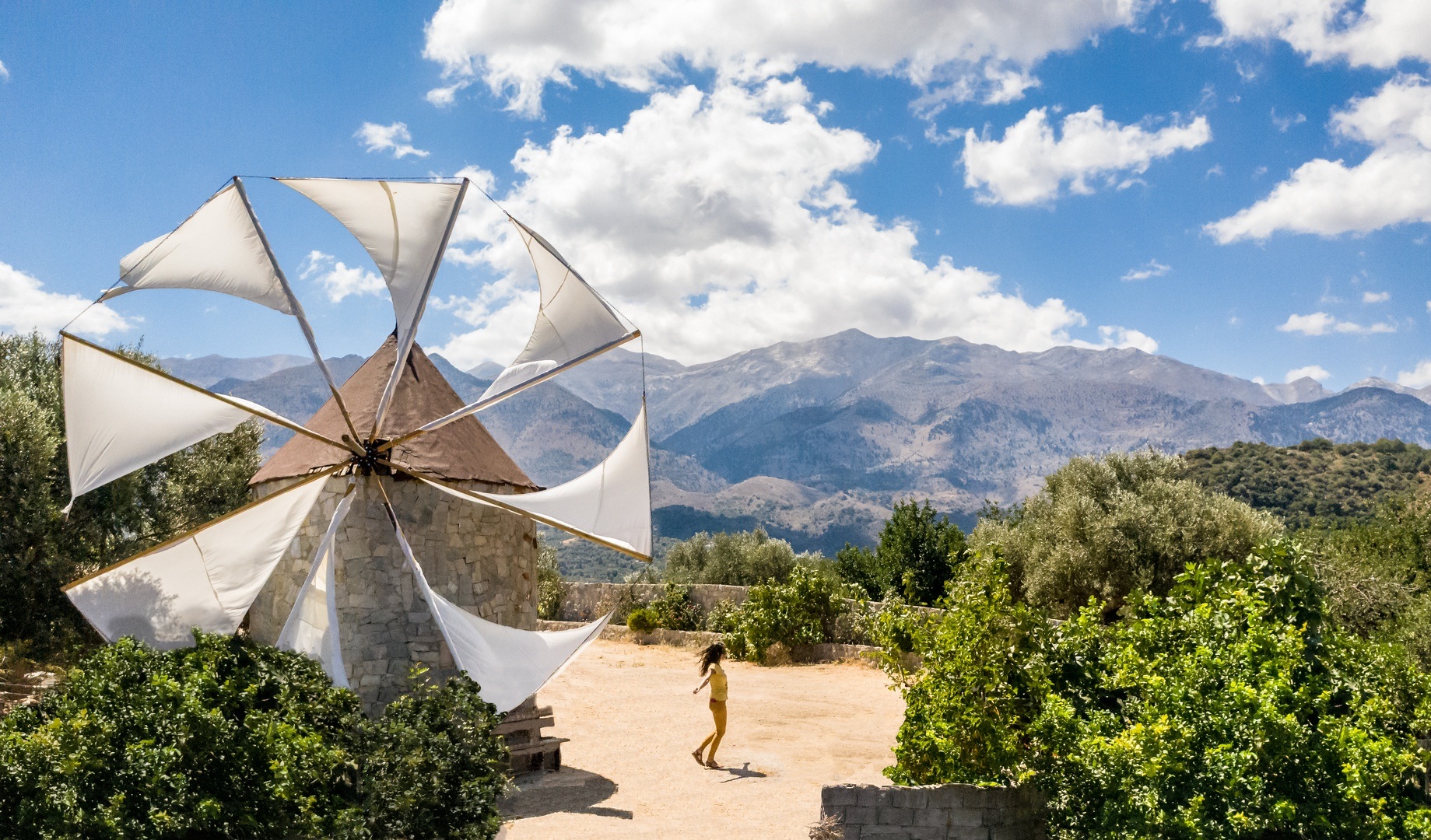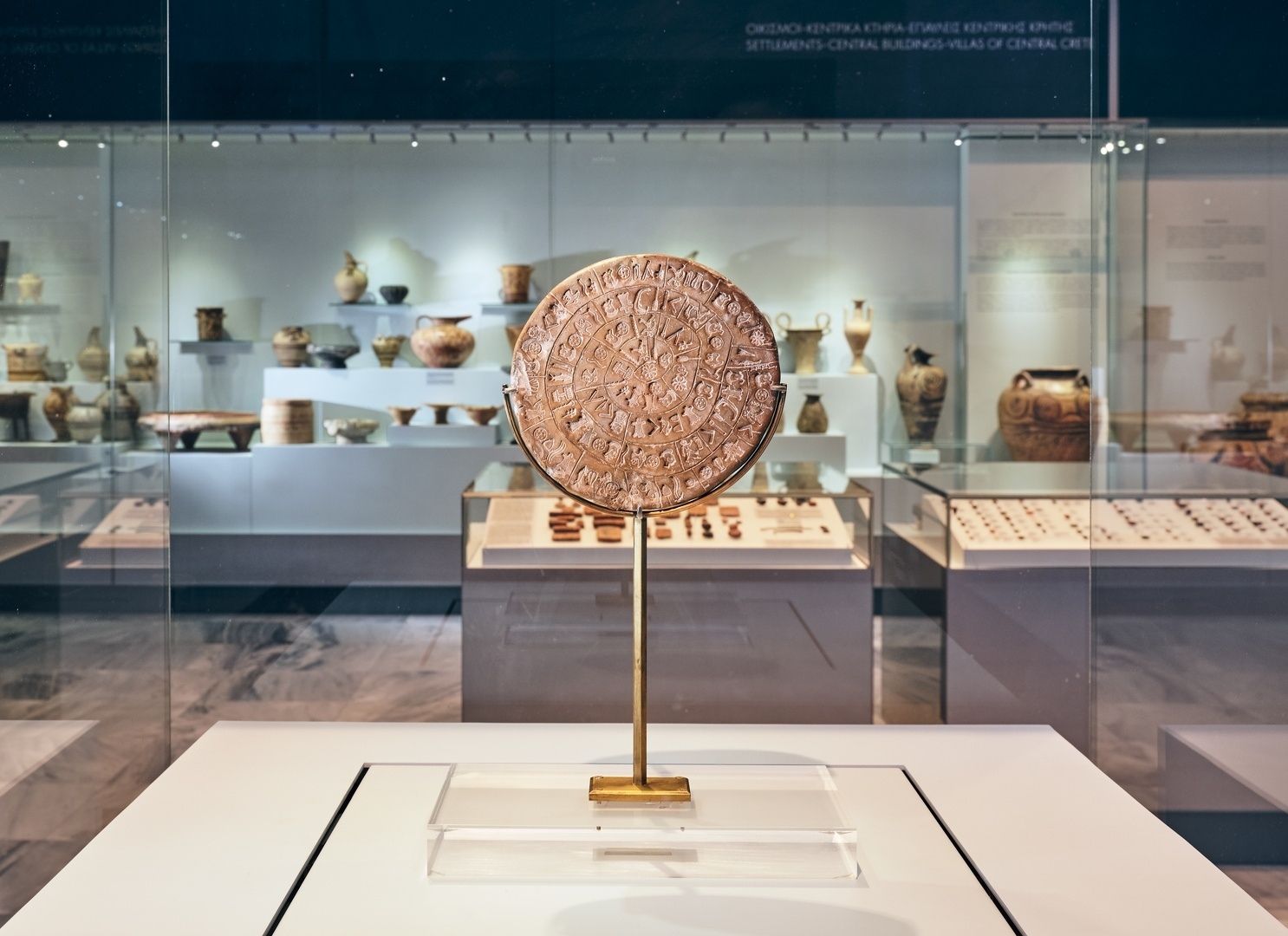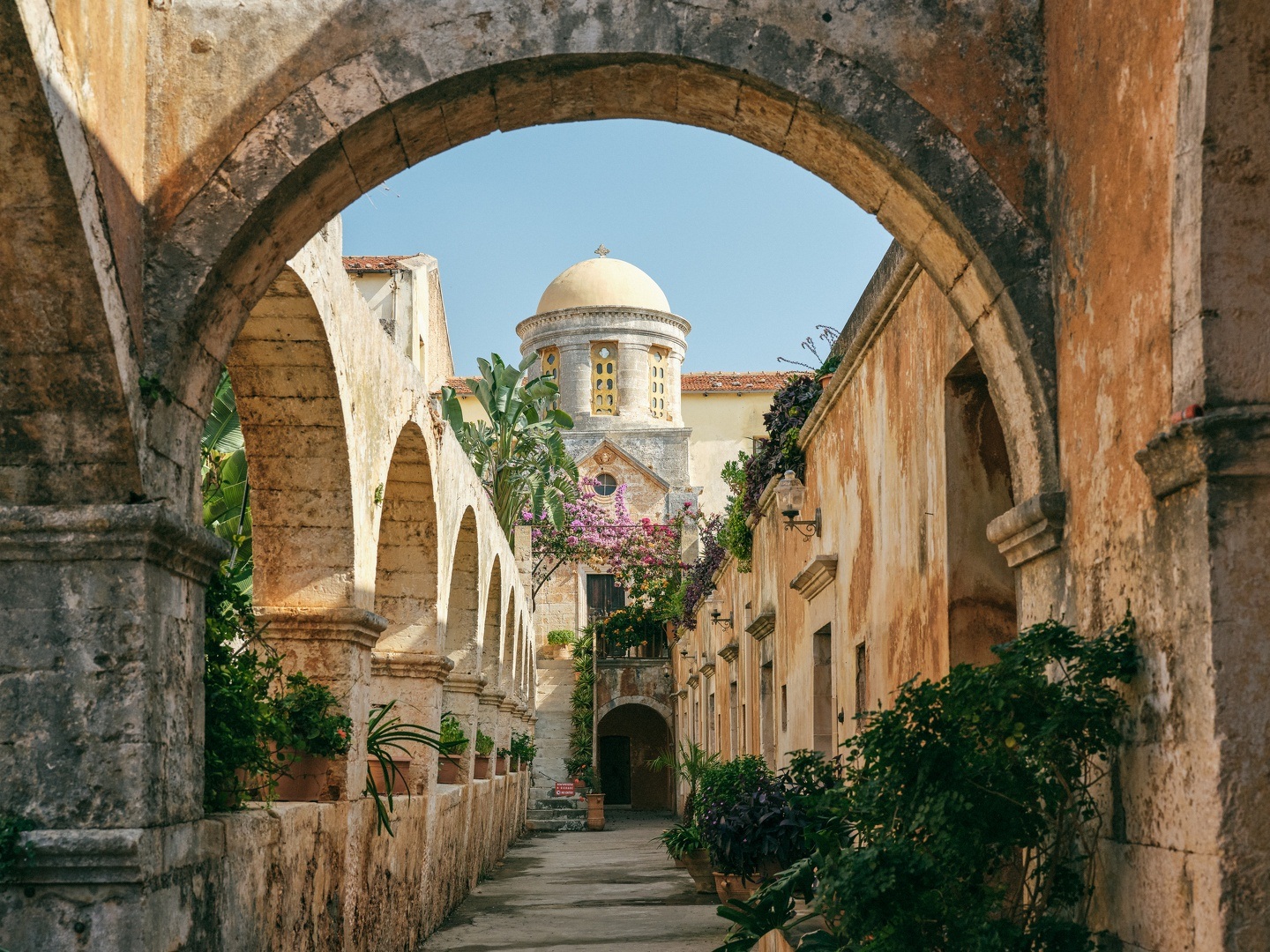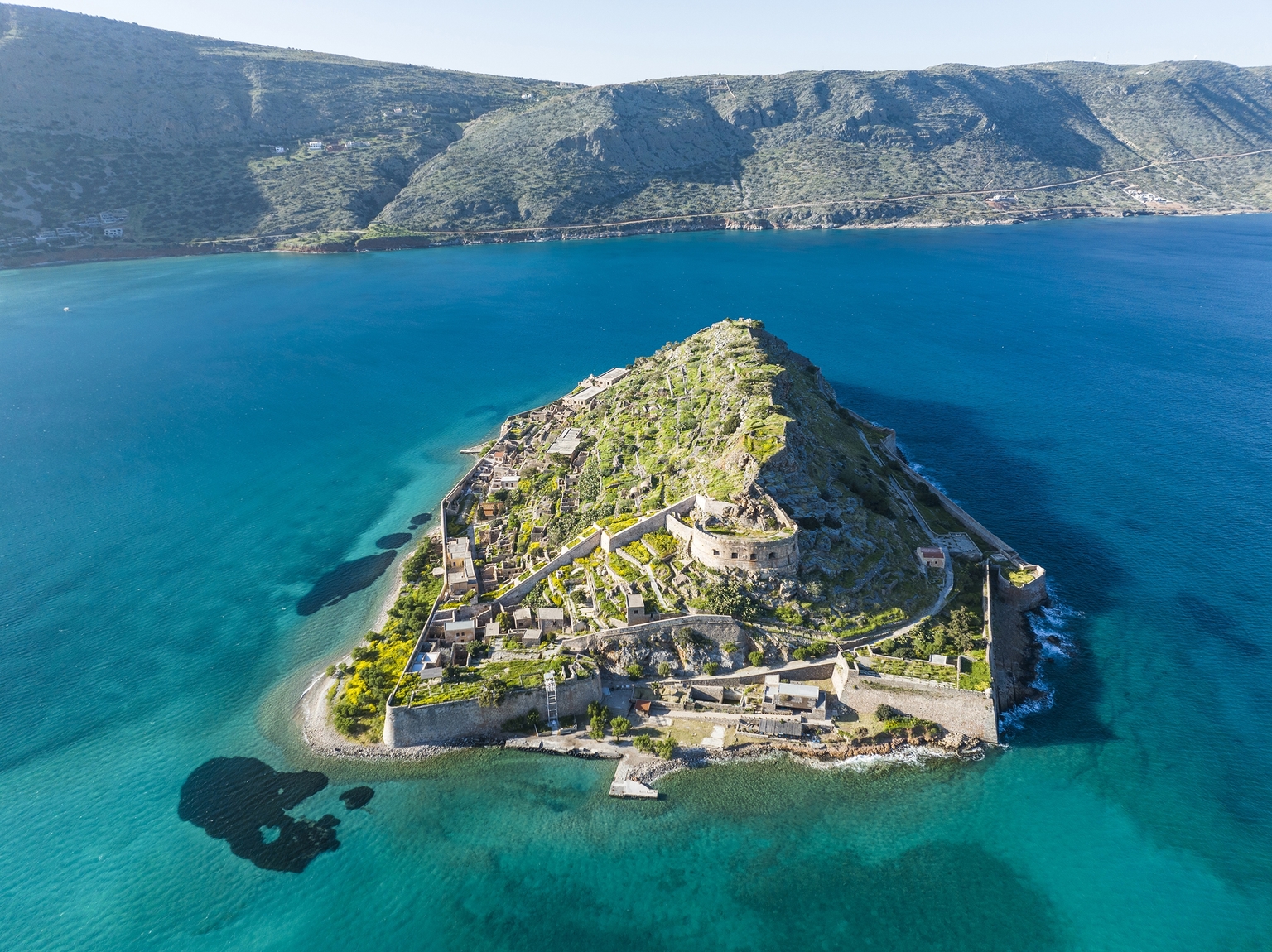
A Traditional Recipe from Messara
When is the sweet rice pie typically made?
Rice, once a Venetian dietary staple, seldom graced Cretan kitchens due to its costly imported nature.
Only in the Messara region was rice cultivated, albeit in small quantities, and the cooking process often demanded an extended boiling time. Typically consumed boiled, it took a festive turn during Carnival season when it was simmered with cream or milk, sweetened with sugar, and adorned with a sprinkle of cinnamon.
‘White and beautiful rice with excess sugar,
How many times, remembering it, made my mouth water.’
says a hearty eater-slave in the comedy ‘Katzourbos’ by Georgios Chortatsis.
Rice was also prepared in combination with beans. However, the dish known as 'rice and beans,' originating from Venetian cuisine, was perceived by the Cretans as a delicacy, given that rice was considered a luxury ingredient at the time.
In the villages of Messara, since ancient times, the housewives had a tradition during the second week of Carnival. They would prepare a sweet rice pie, tzoulamas, as a delightful addition to the carnival table.
In the Messara households, housewives crafted the filling with various variations. The core ingredient was rice, and to this, they added pieces of chicken, pork, lamb, bird liver, or a combination thereof. Sometimes, they even incorporated leftover meat from the previous day.
Dough Ingredients:
- 1 kg flour
- a small amount of olive oil
- lukewarm water
- a pinch of salt
- juice from a lemon
- 1 shot of raki
Ingredients for Filling
- 1/2 kilo rice
- 1/2 kilo liver
- 1 cup butter
- 1 cup crushed sesame seeds
- 1 cup coarsely ground walnuts
- 1 cup almonds, blanched and coarsely ground
- a pinch of cinnamon
- a handful of raisins
- chicken broth
Other Ingredients
Butter
Procedure
Mix the flour in a bowl. Using your hands, incorporate a small amount of lukewarm water, a little olive oil, butter, raki, lemon juice, and salt. Blend and knead all the ingredients until a soft dough forms that doesn't stick to your hands. Continue kneading and allow the dough to rest for approximately an hour.
Cut the liver into pieces and blanch it in hot water for 1 minute; then drain it. In a pot, melt butter and fry the liver, seasoning with salt and pepper, and allowing it to cook briefly. Next, add the chicken stock and rice to the pot, bringing the mixture to a boil for 15 minutes. Let the rice sit for 10 minutes to absorb the flavours. Finally, stir in cinnamon, raisins, and nuts.
Heat the butter.
Take a portion of the dough and, using a rolling pin, roll out a somewhat thick phyllo sheet. Brush the baking pan with butter, place the first phyllo sheet, brush it with butter, and sprinkle with sugar and cinnamon. Grate the phyllo sheet with the prepared filling, then sprinkle again with sugar and cinnamon. Roll out a second phyllo sheet somewhat thinly and place it over the filling. Brush with butter and sprinkle with sugar and cinnamon. Repeat the process three more times. Finally, cover and complete the layers with the last phyllo sheet, which should be somewhat thick. Sprinkle it with cinnamon and a light dusting of sugar.
Bake in the oven at 170 degrees for approximately 40 minutes.
Wishing the best of luck to those who embark on this culinary journey!
Lena Igoumenaki
President of the Cretan Cuisine Festival Association
Cretan Cuisine Festival
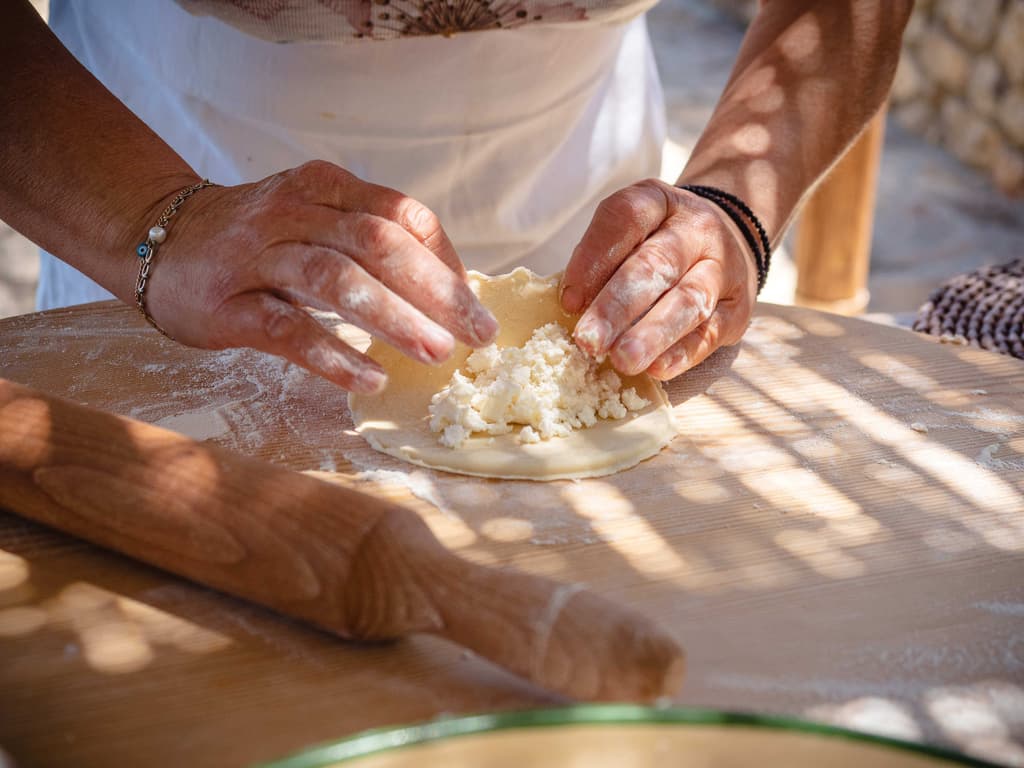
Mizithropites: Authentic Cretan Pies
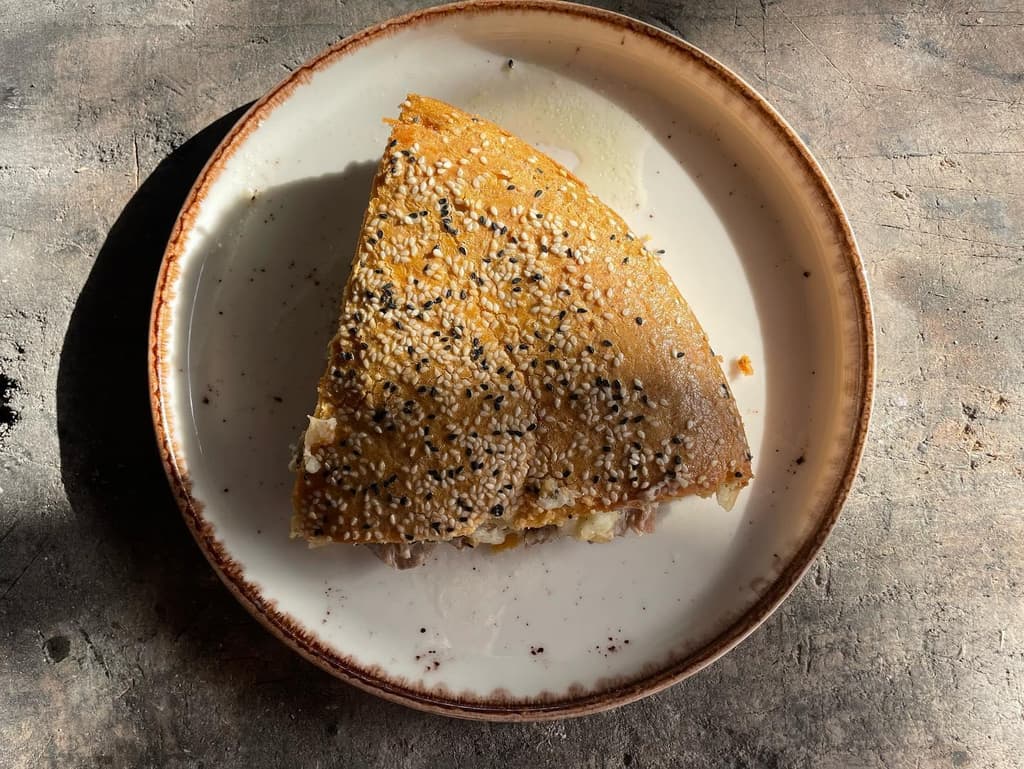
Meat cake
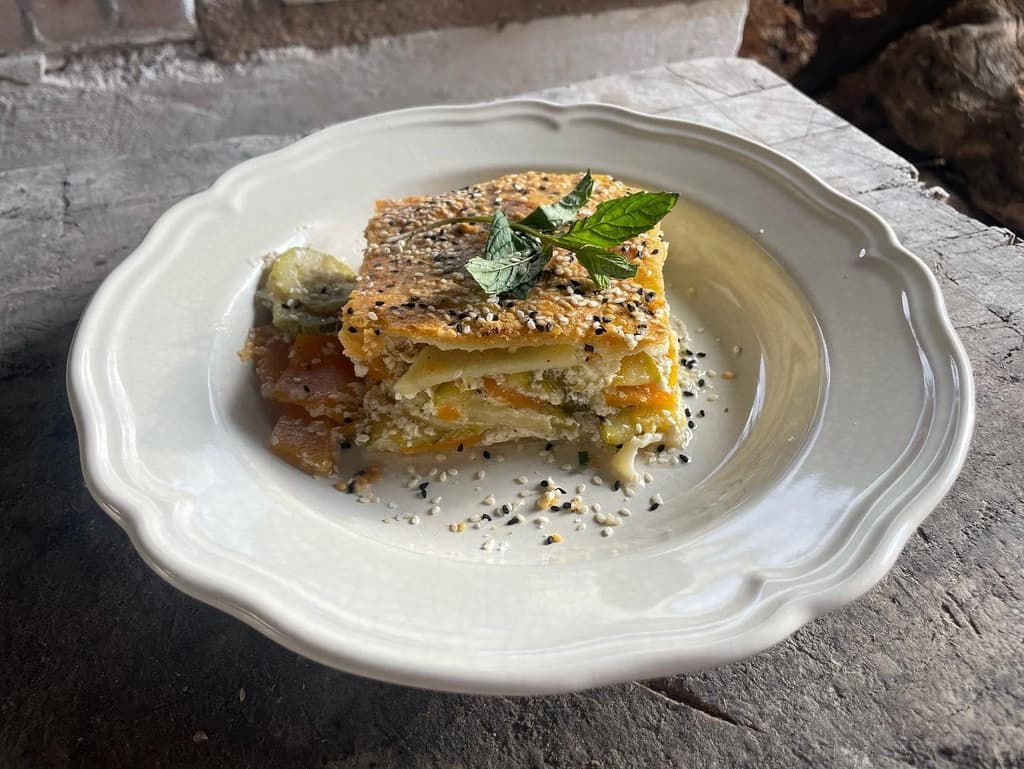
Chania Boureki or Courgette Boureki
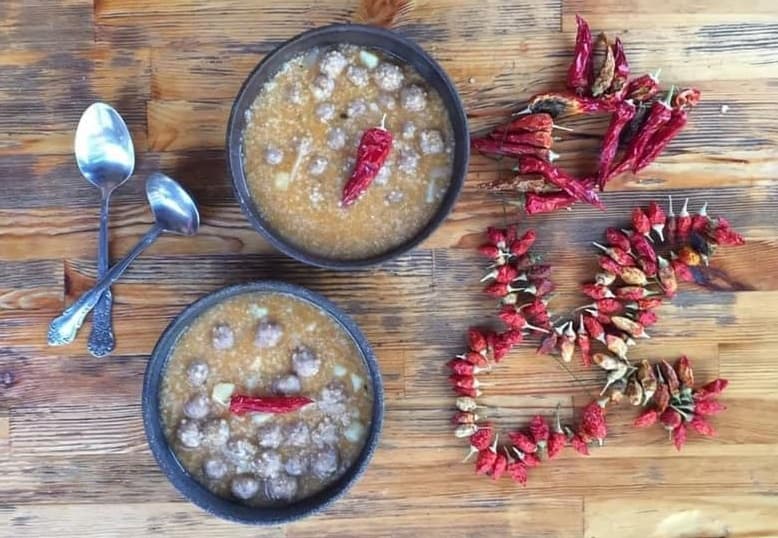
Topia (Balls)
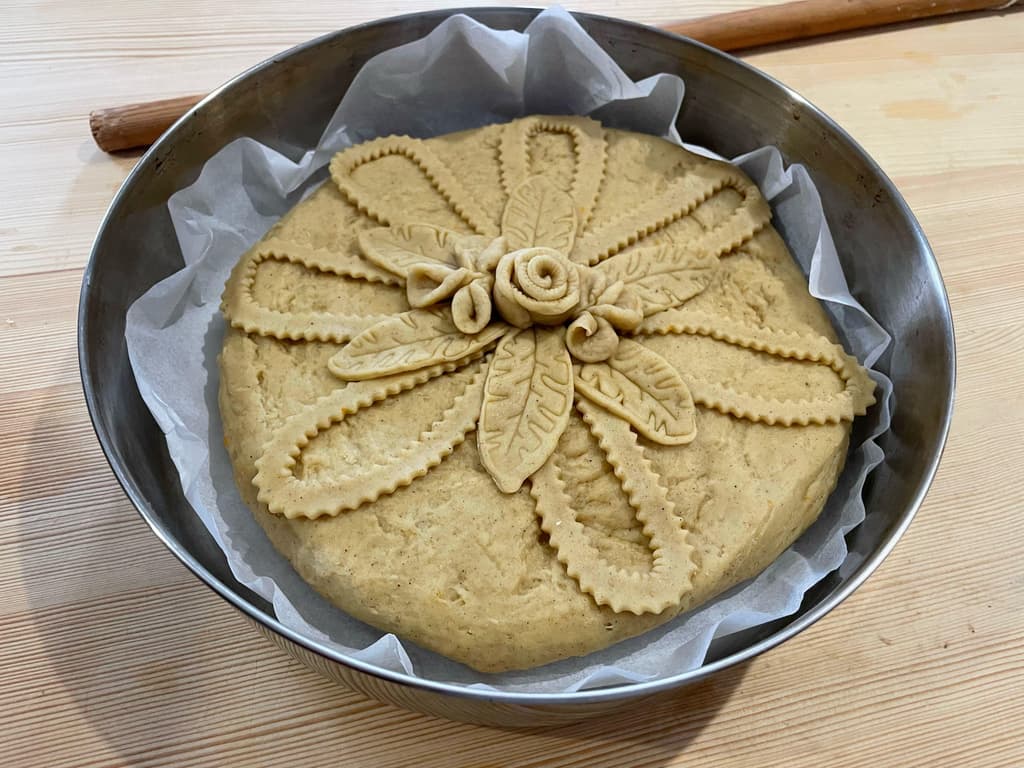
The Traditional 'Bread of the Year'
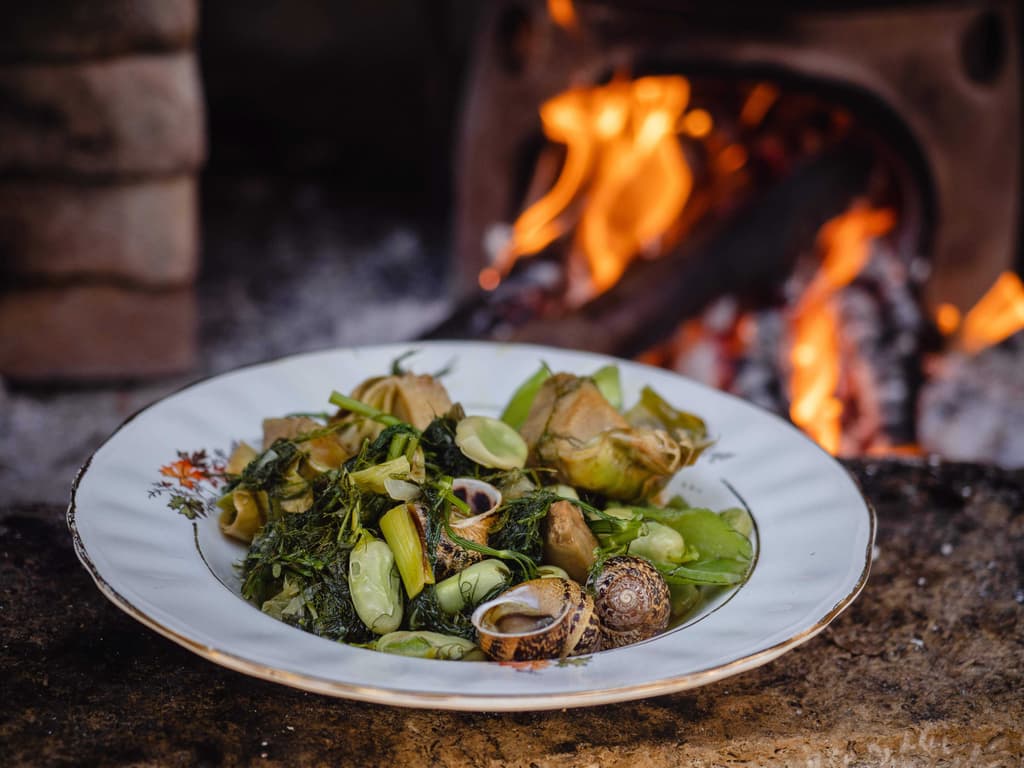
Snails with Broad Beans and Artichokes
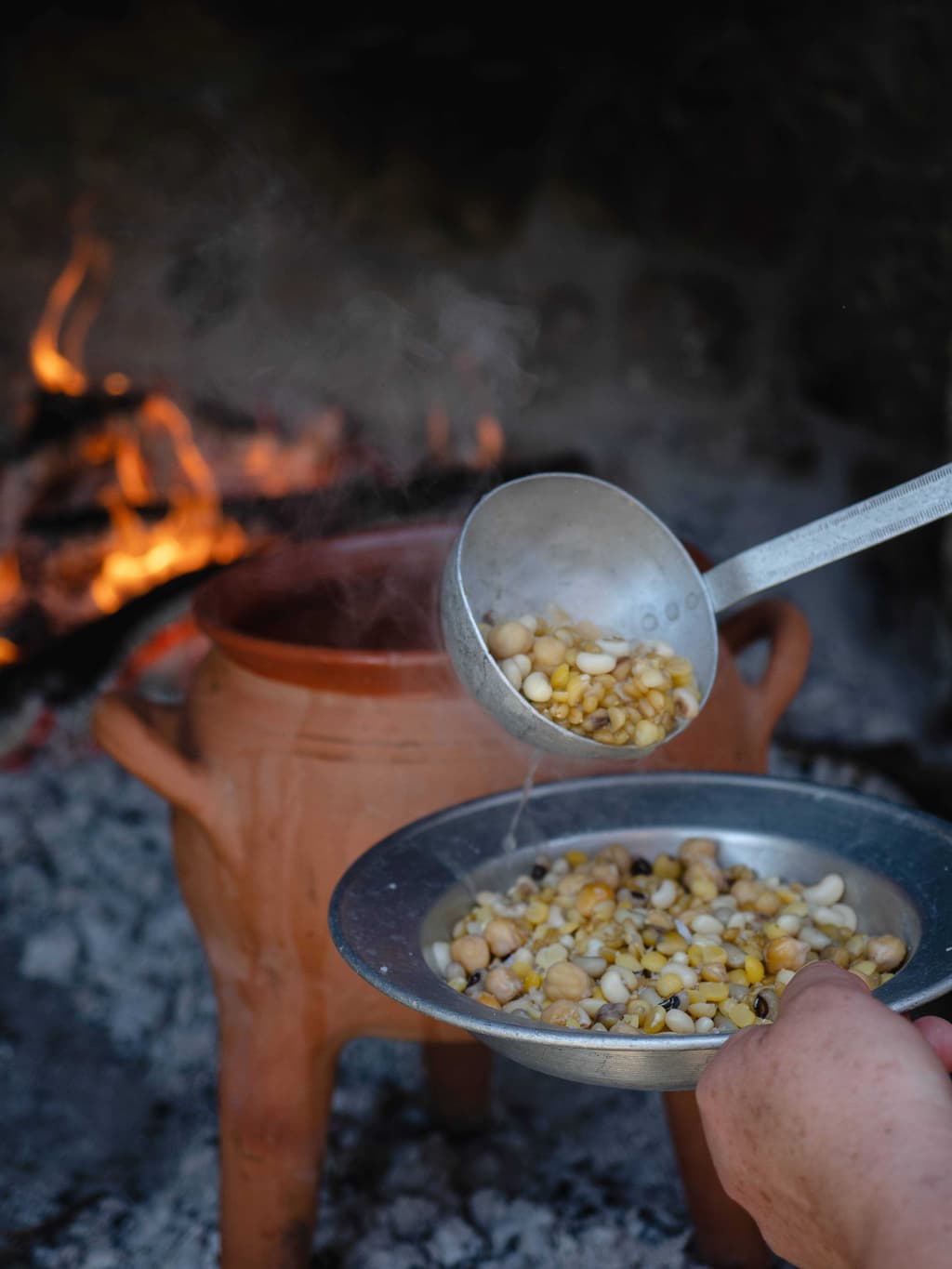
Cretan Ospriada or Palikaria (A Legume Dish)
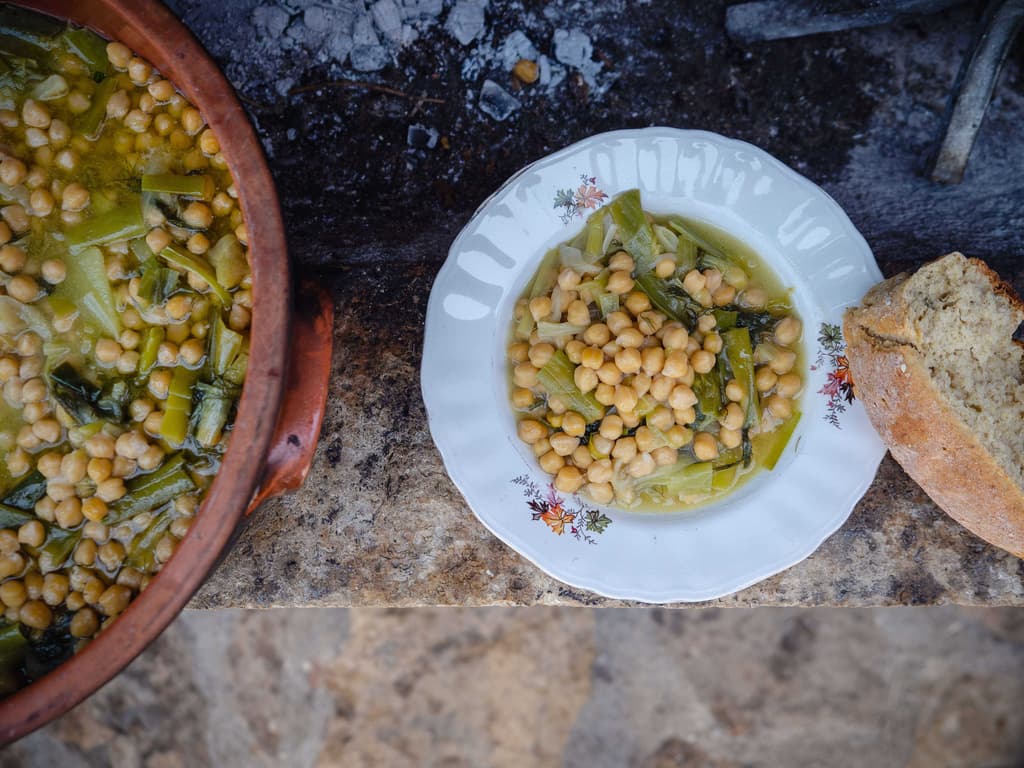
Chickpeas with Wild Leeks, Flour and Lemon Sauce
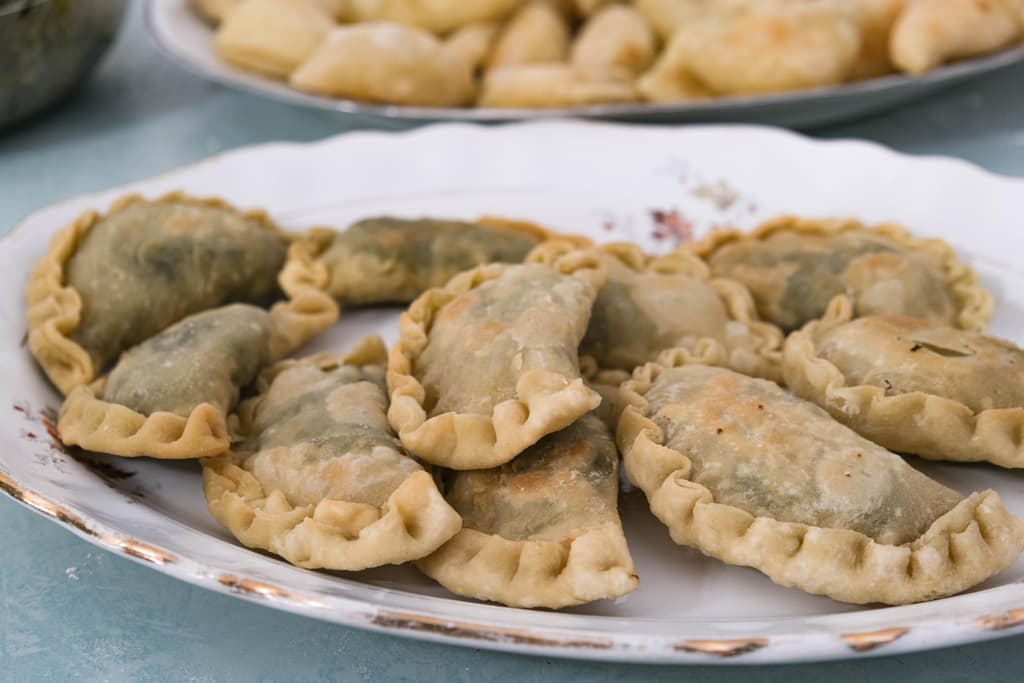
Pies with ‘Yachnera’ Greens
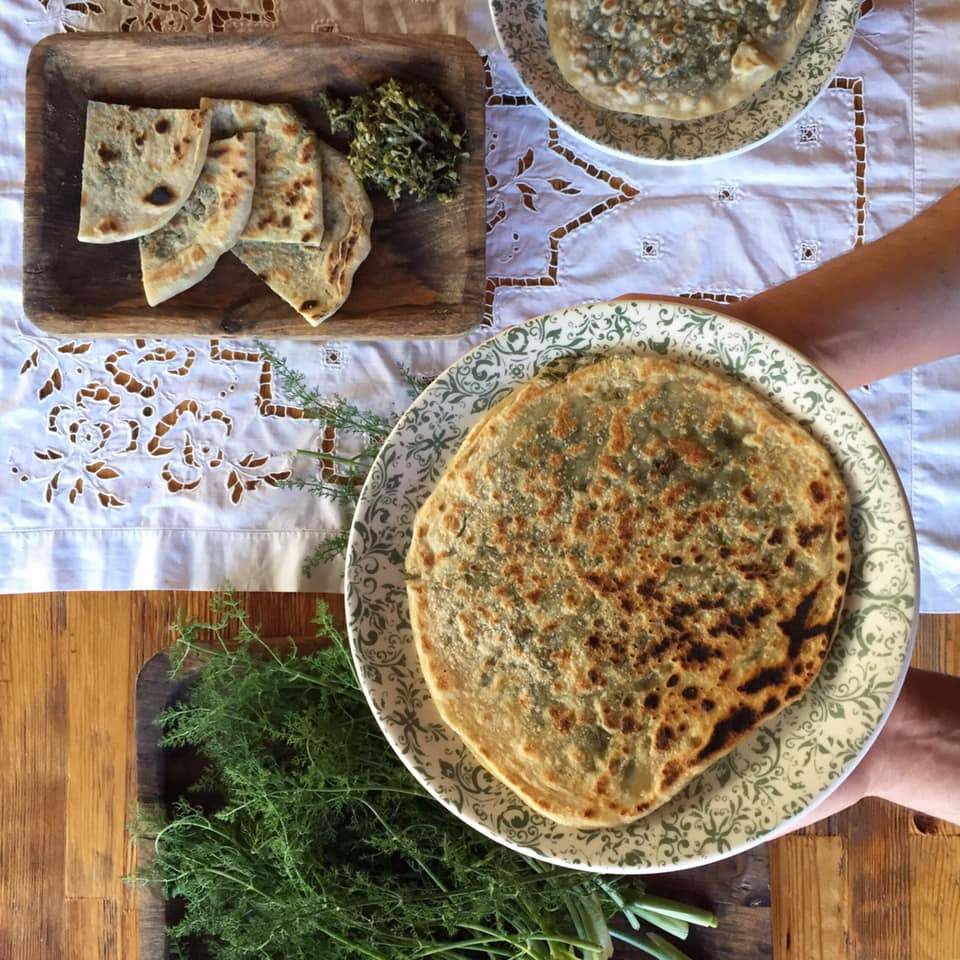
Fennel Pie

Sfakian Pie or Sfakianopita

Biscuits with Sesame Seeds
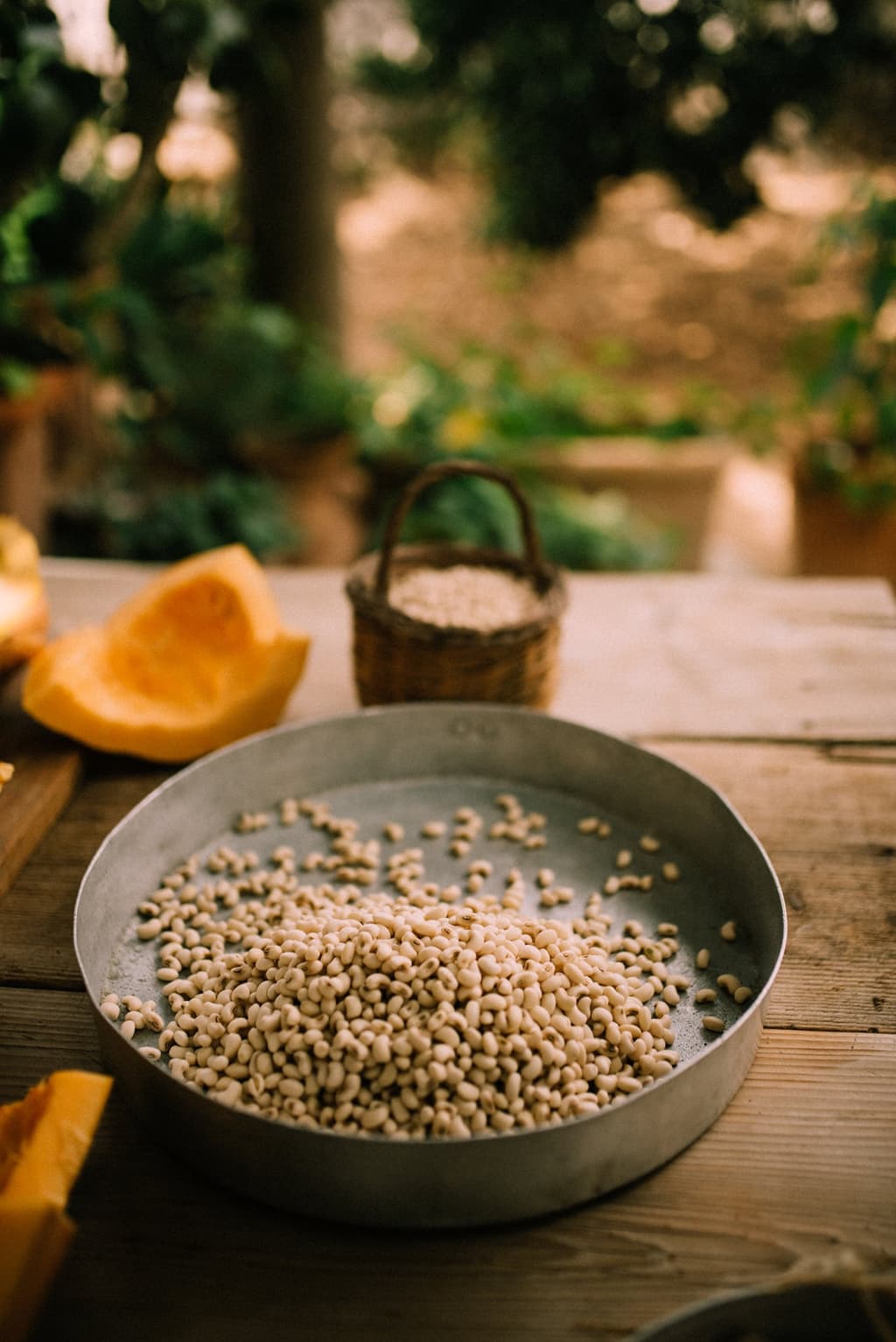
Apostoli White-Eyed Bean
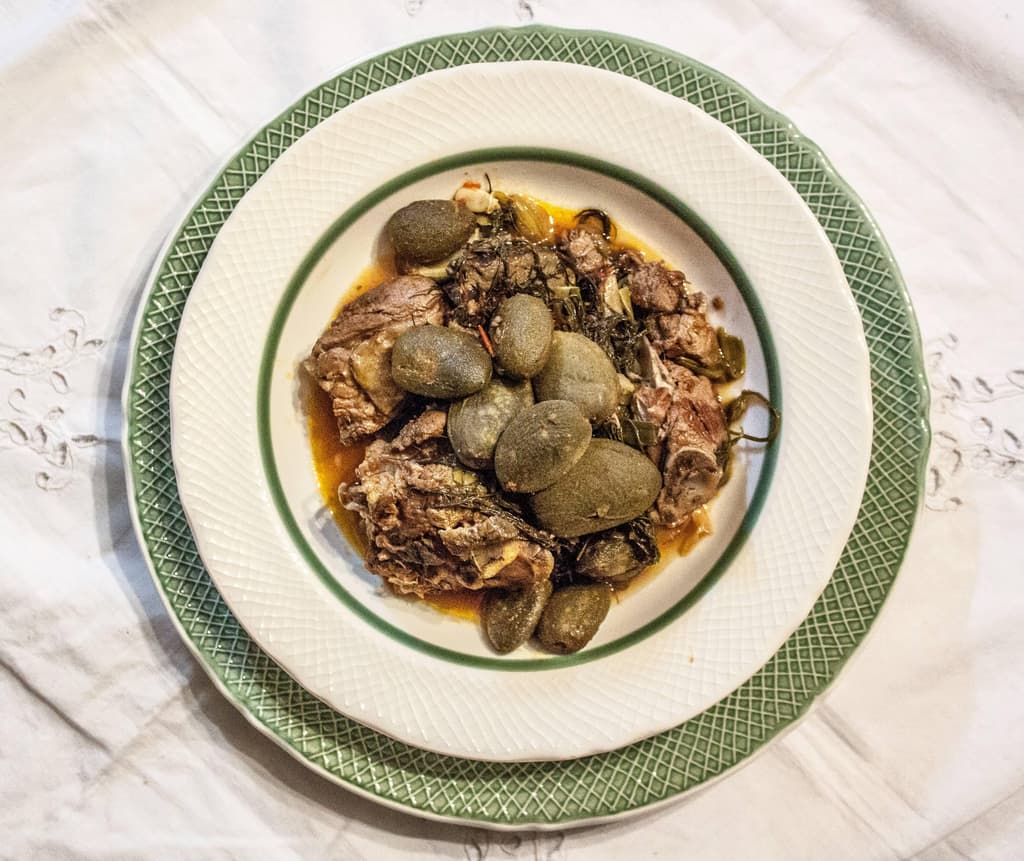
Almond-Infused Goat Dish with Fennel: A Fresh Delight

Lazarosavato
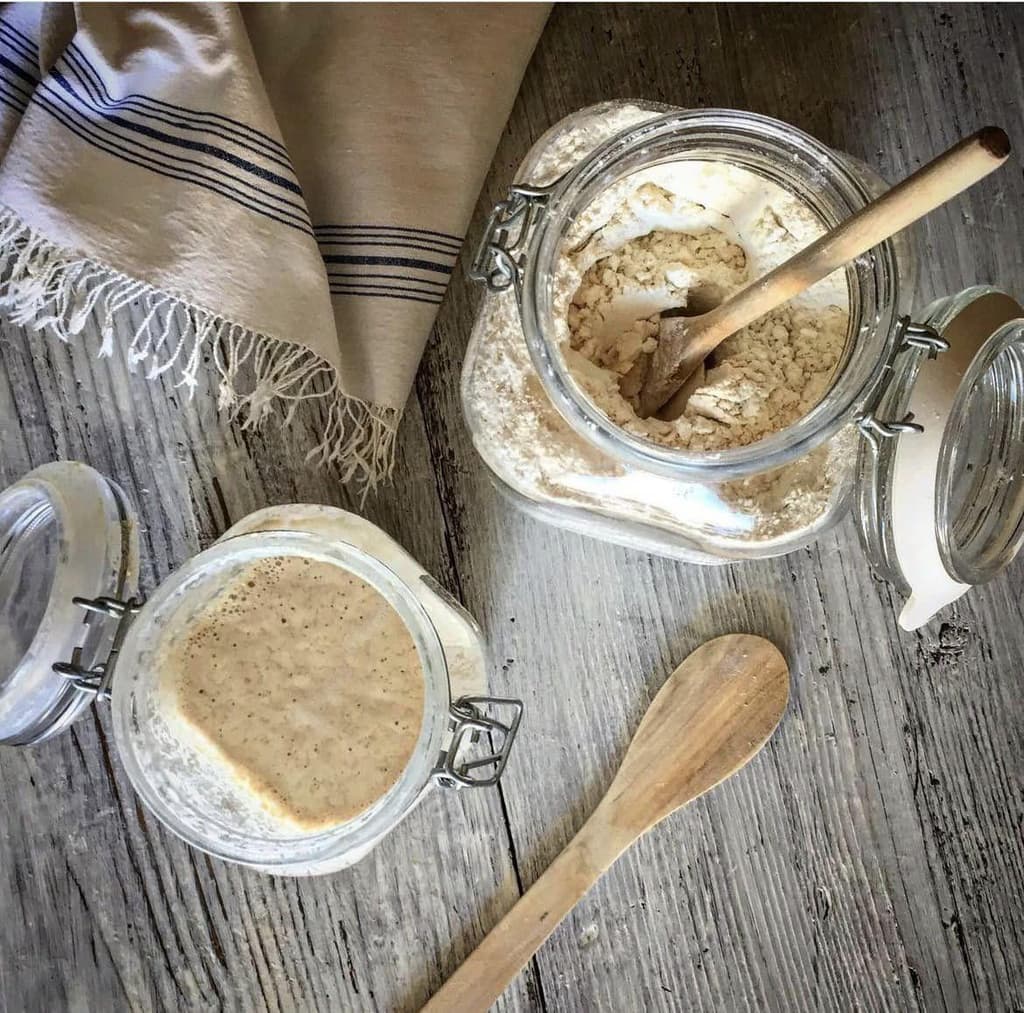
The Holy Week Sourdough
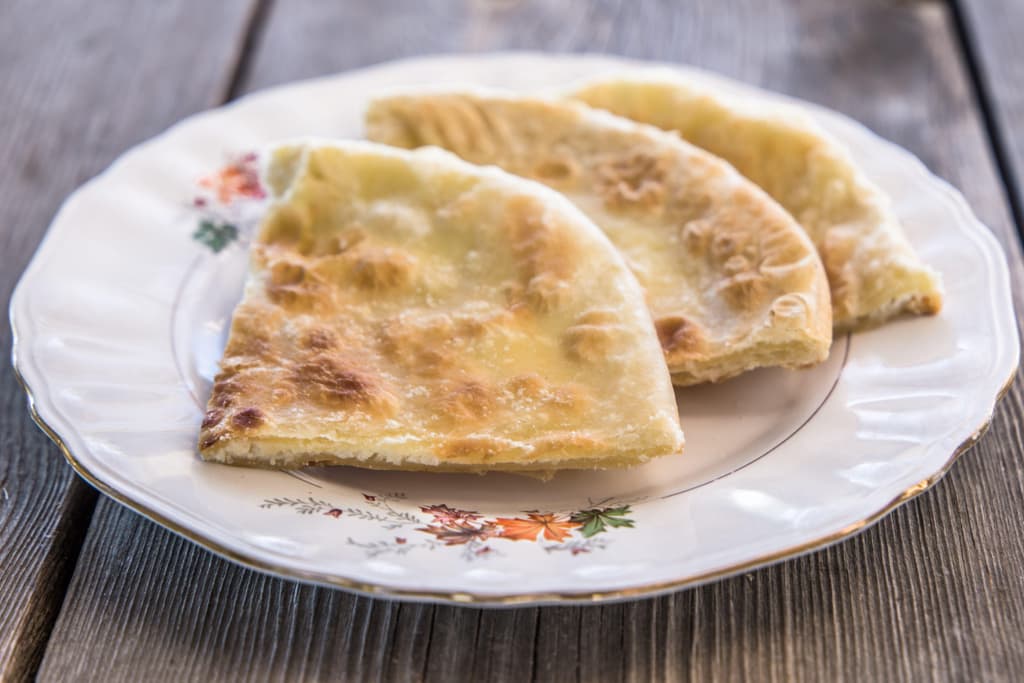
Nerati Mizithropita
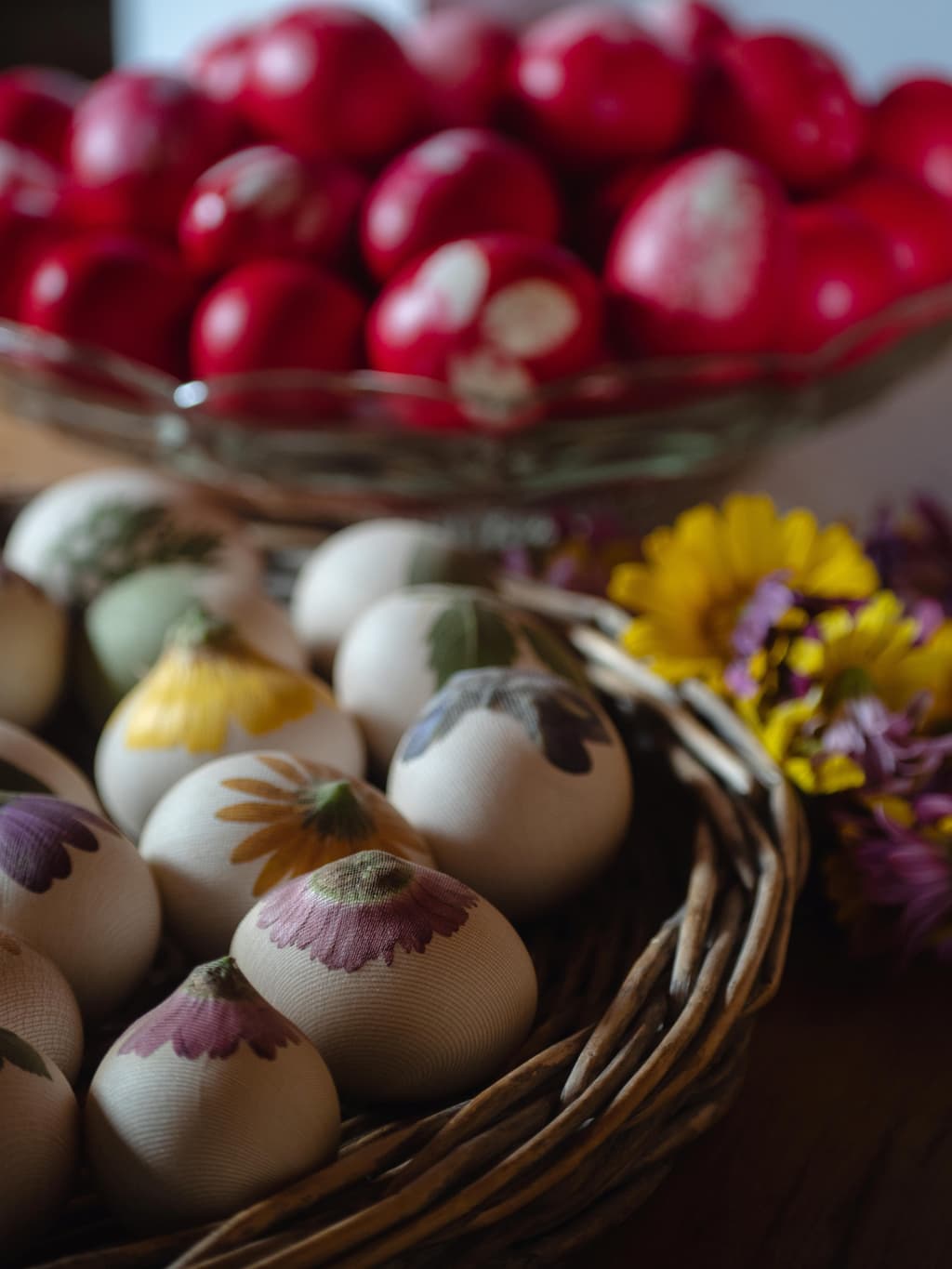
Easter Eggs
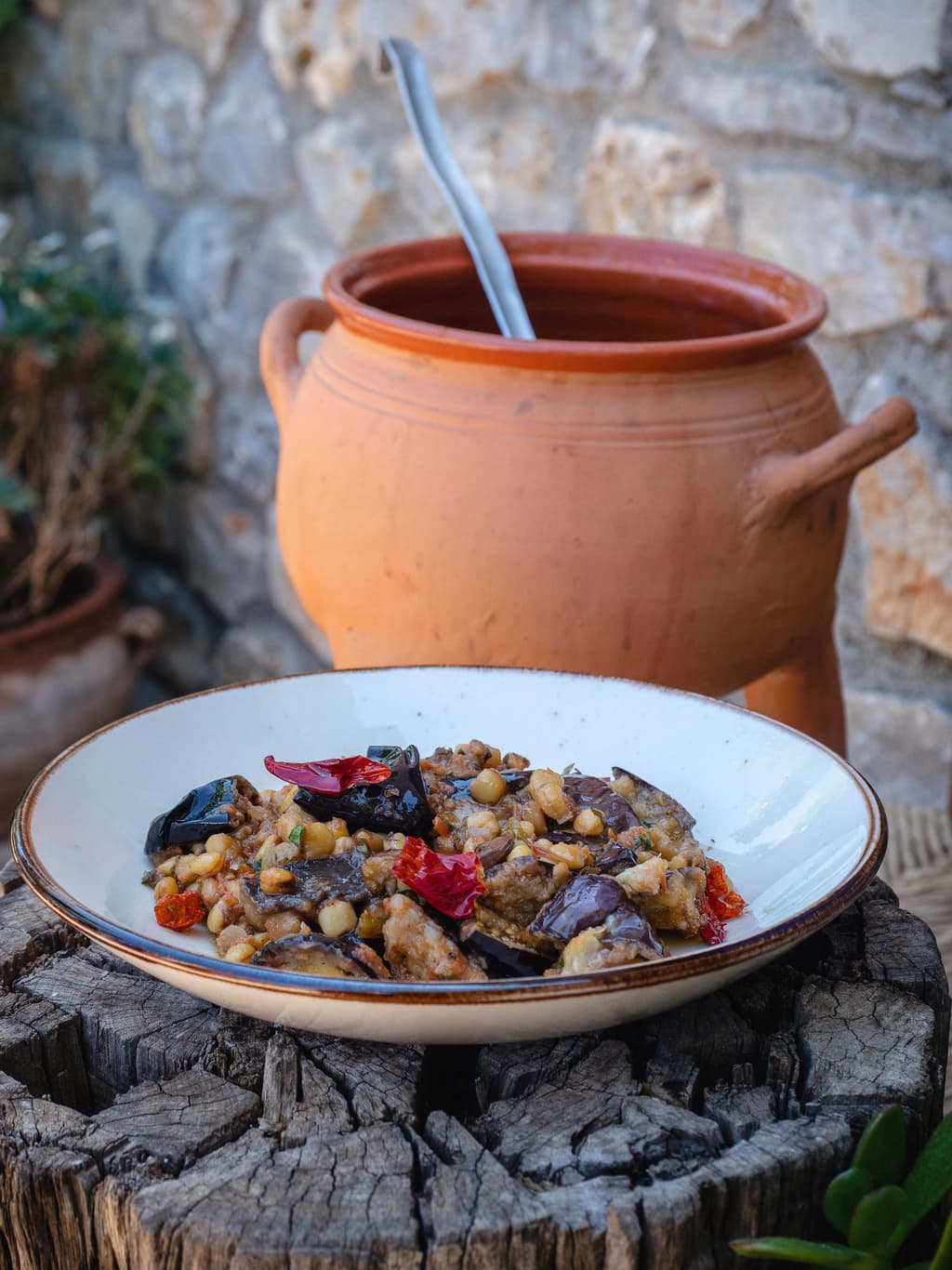
Kalikota
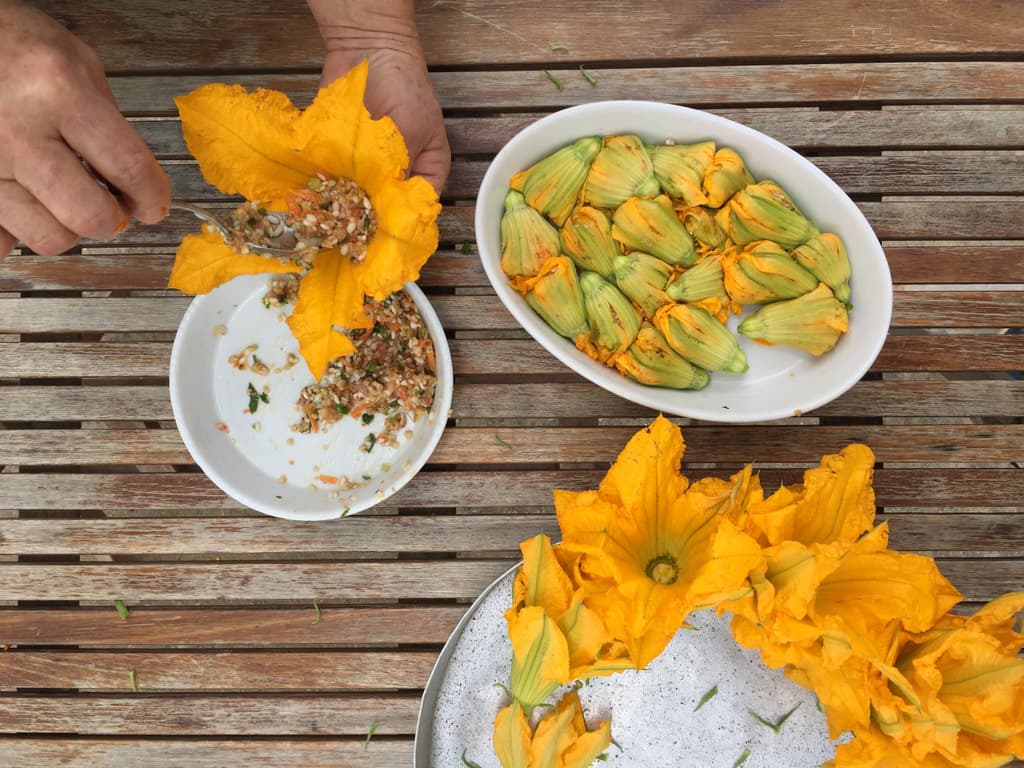
Stuffed Courgette Flowers
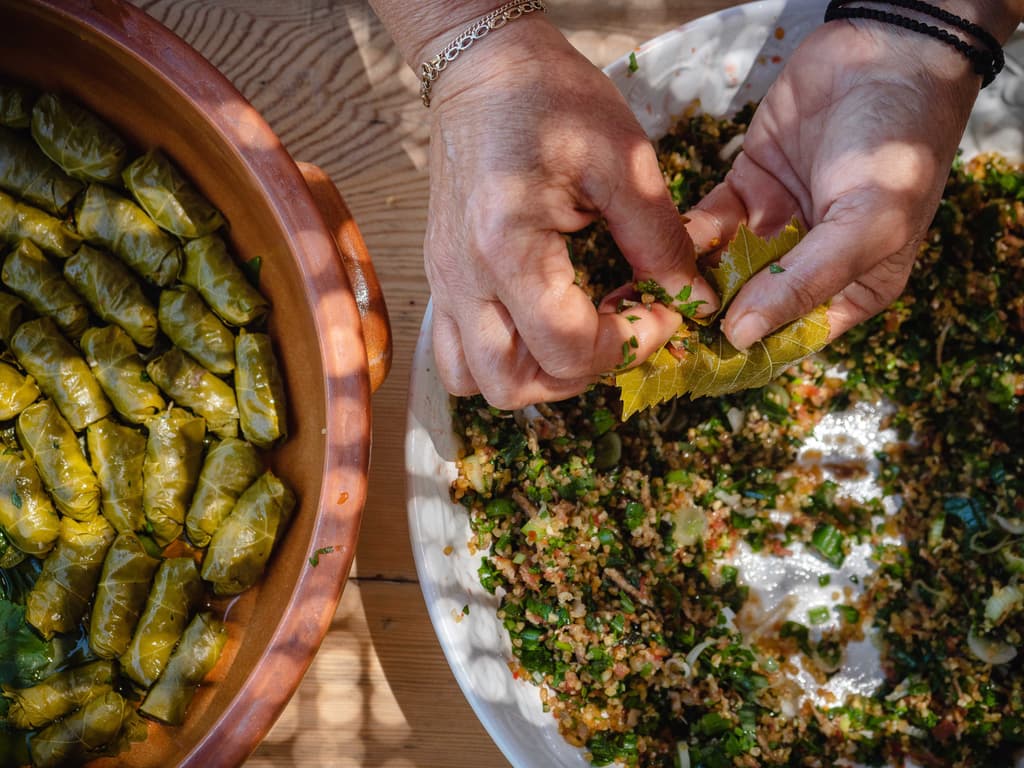
Stuffed Vine Leaves

Cracked Wheat and Snails
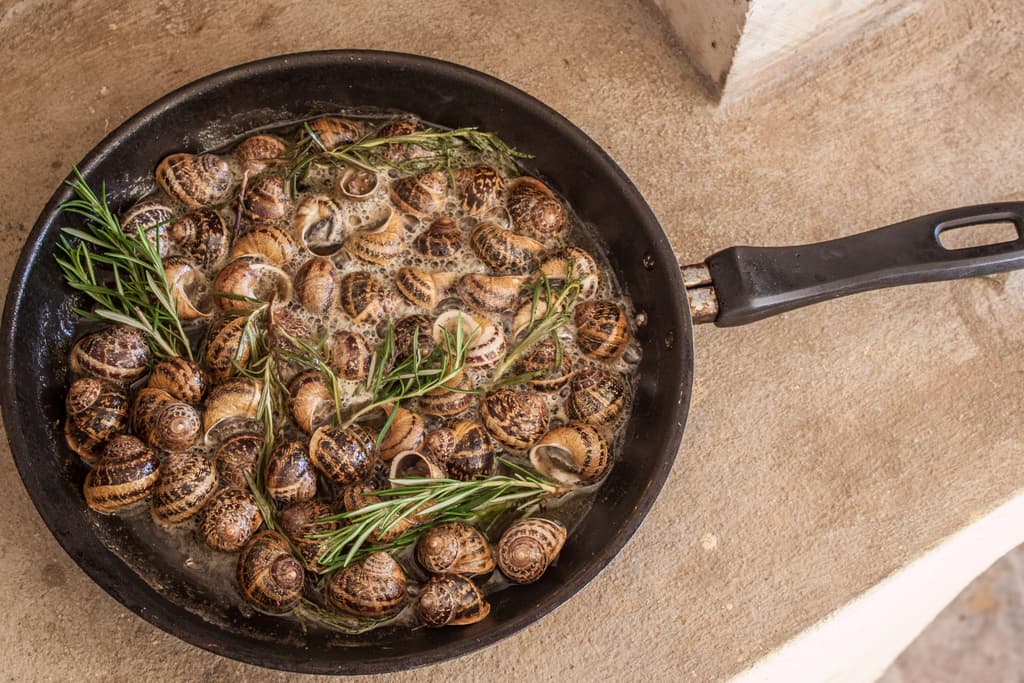
Chochli Boubouristi (Snails Face Down)
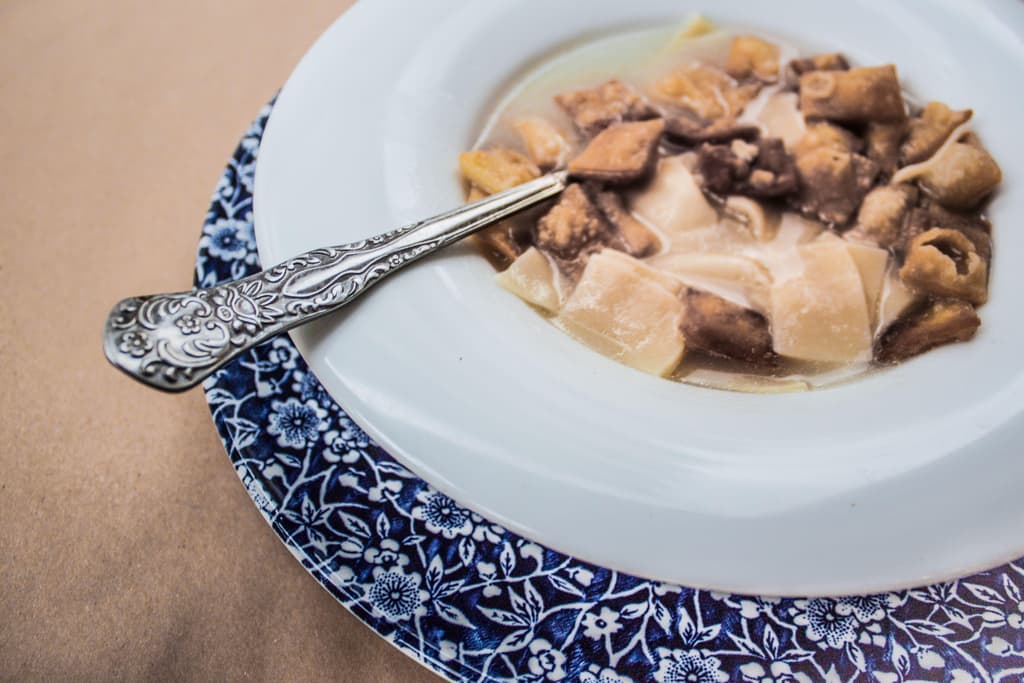
Mangiri
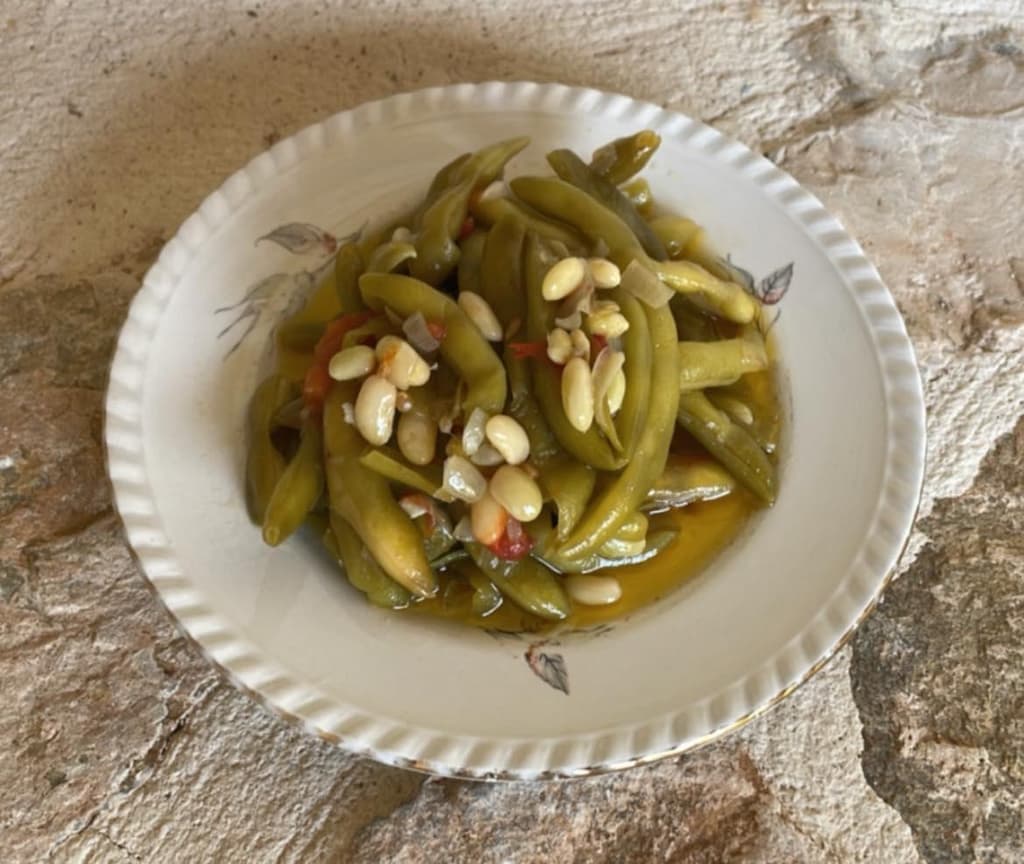
Symian Bean
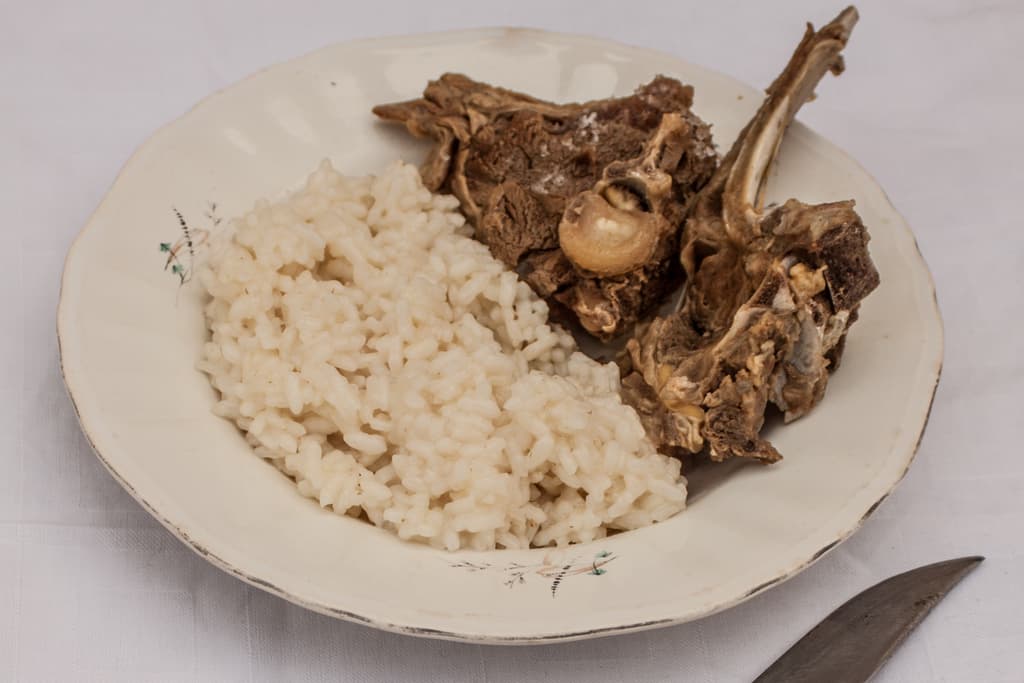
Cretan Pilaf
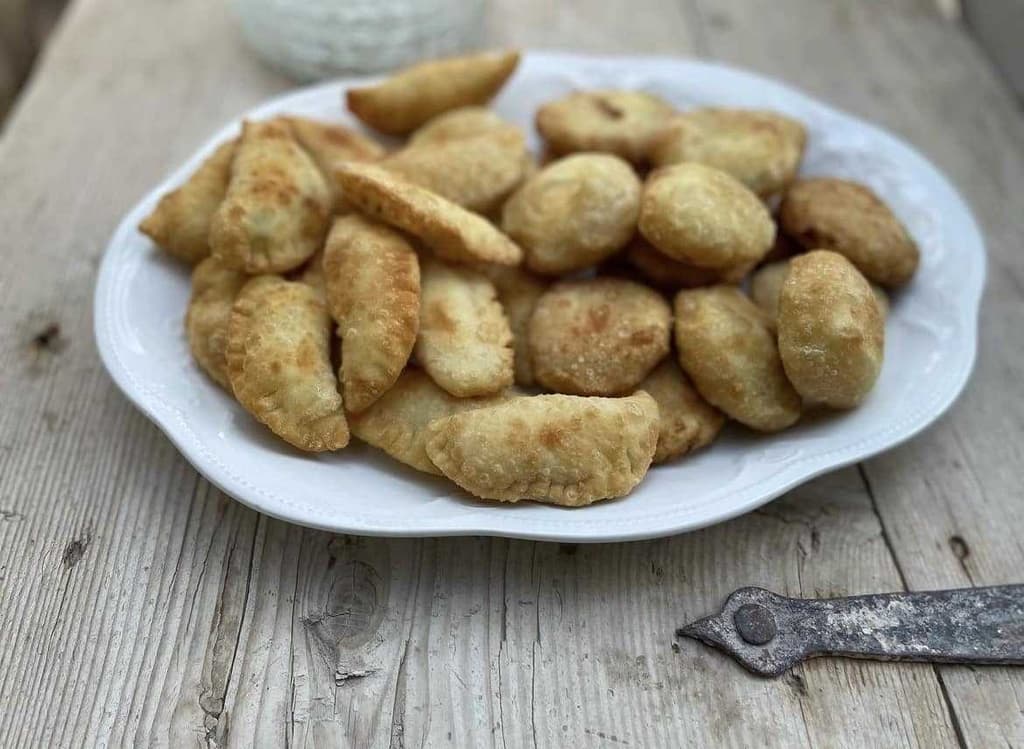
Rethymno Water Pies
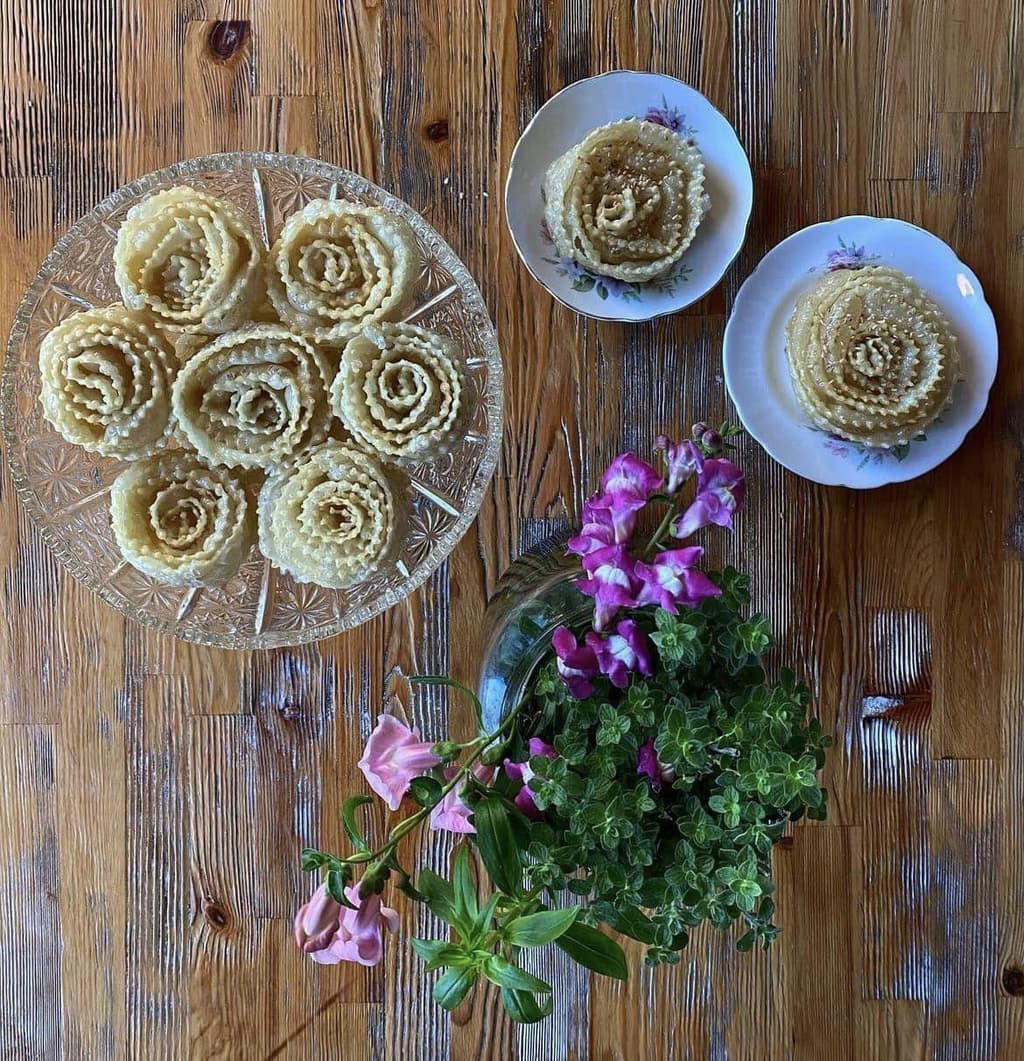
Xerotigana
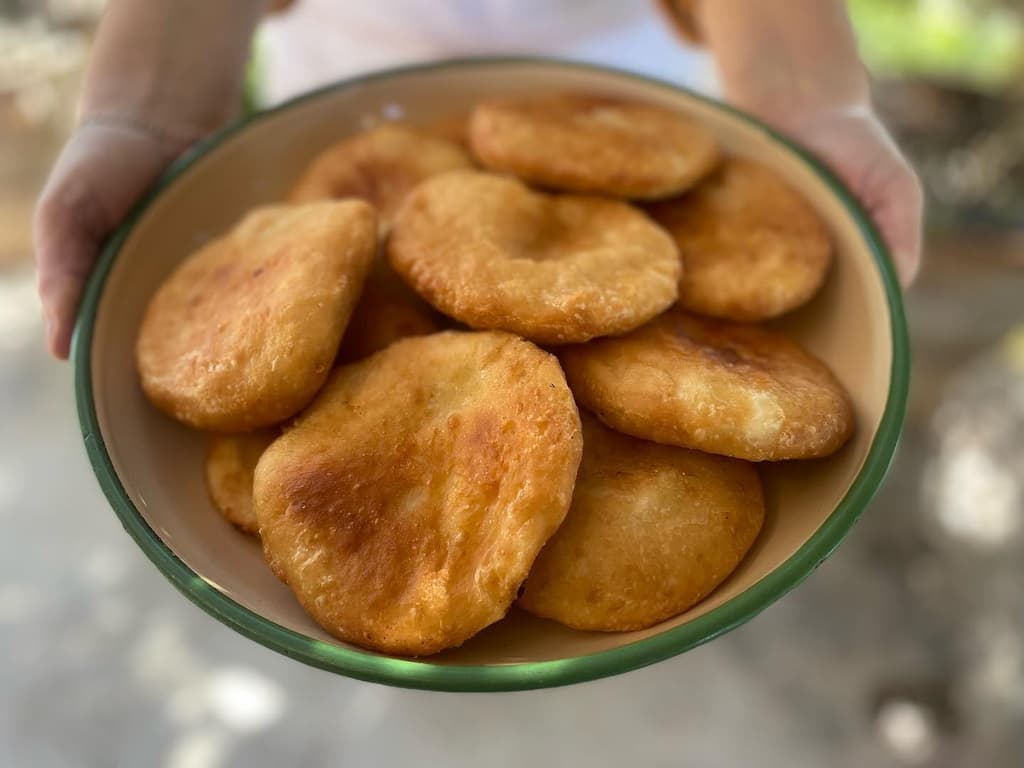
Agnopites
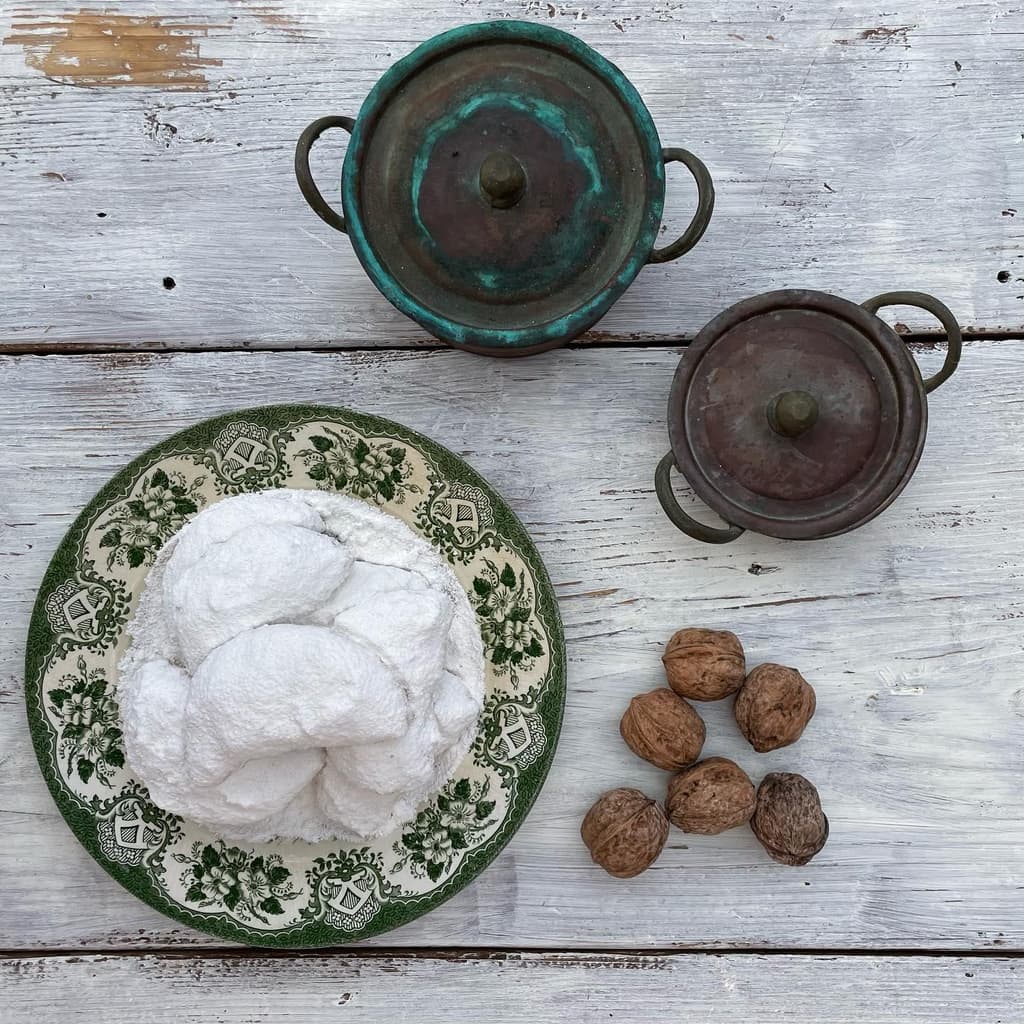
Patoudo
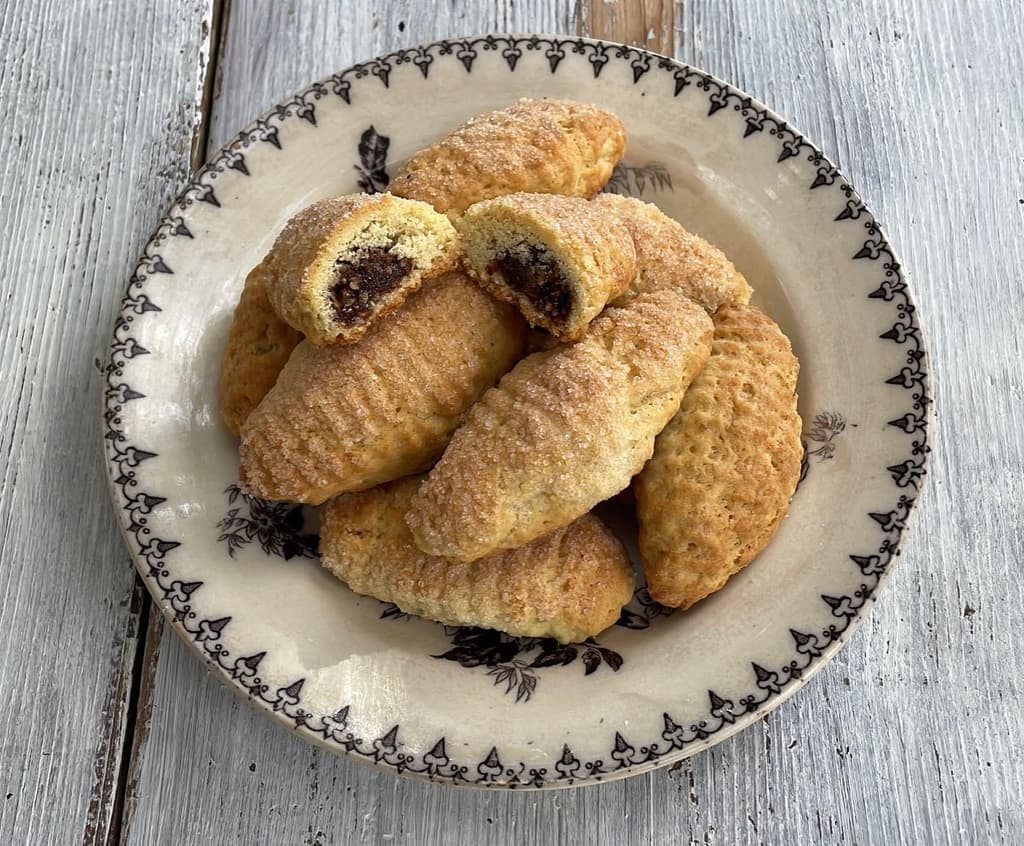
Safidota
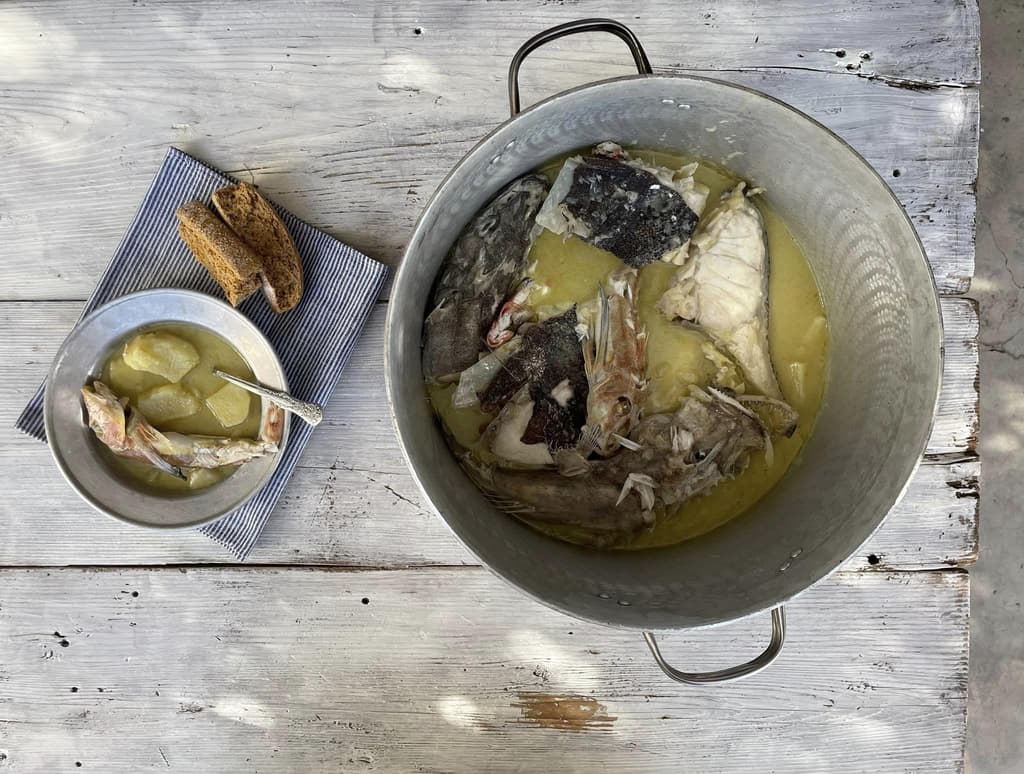
Kakavia (Fish Soup)
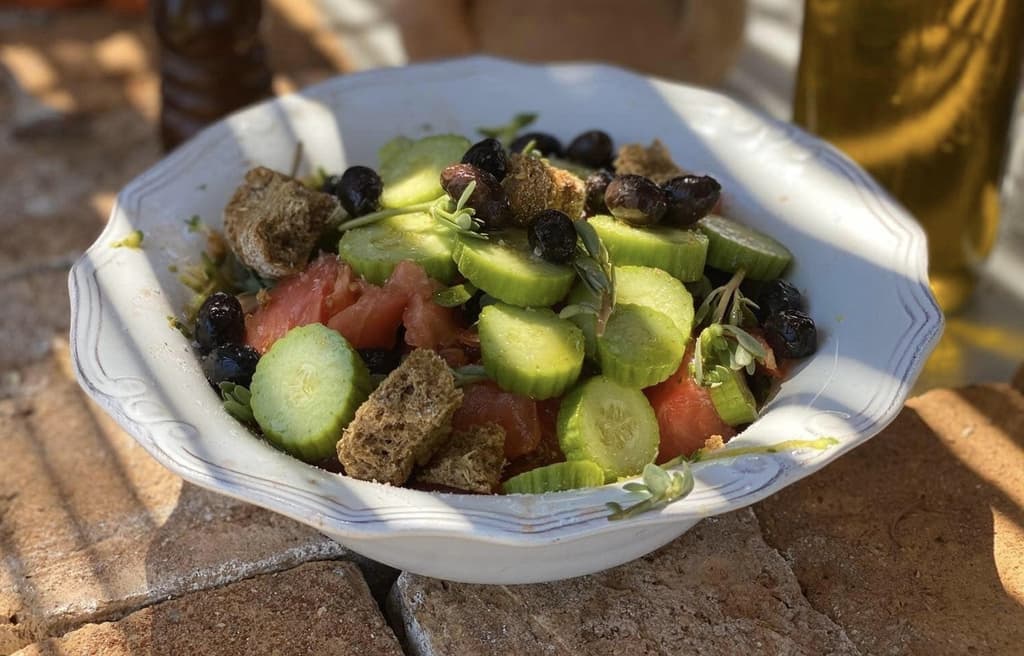
Cretan Greek salad
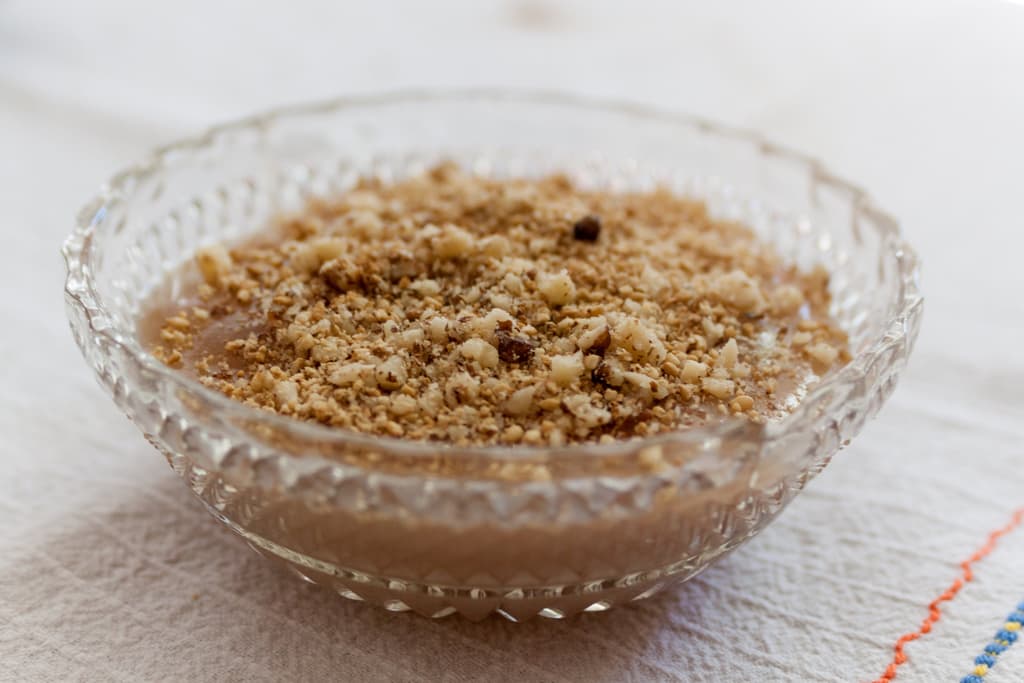
The Sweet Bounty of the Cretan Harvest
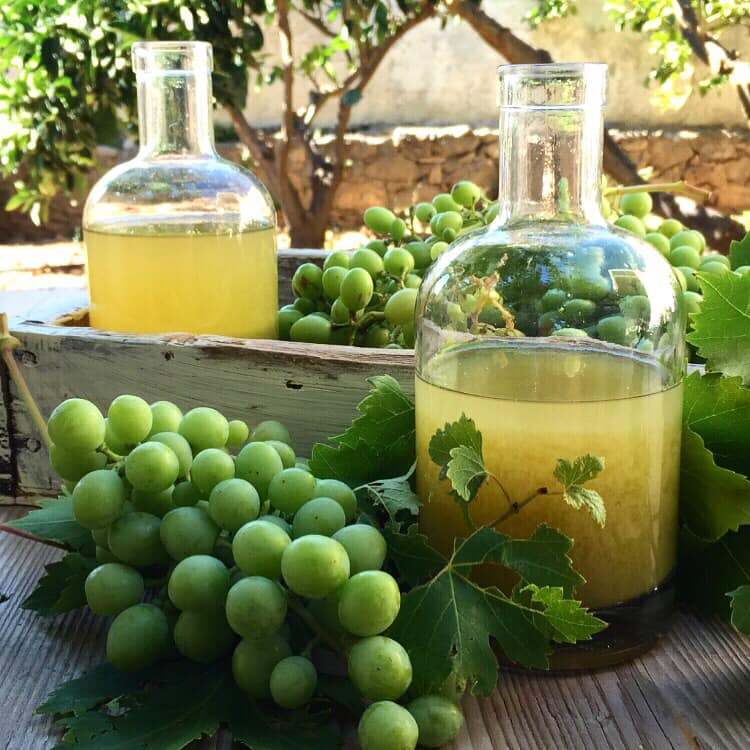
Okra and Unripe Grape
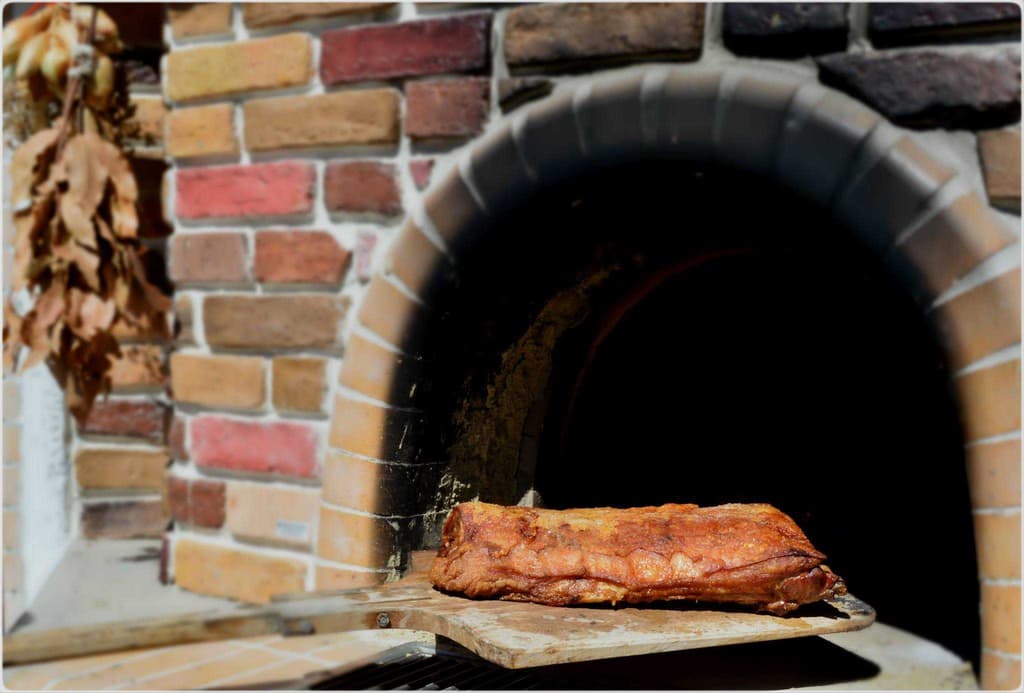
Kapriko
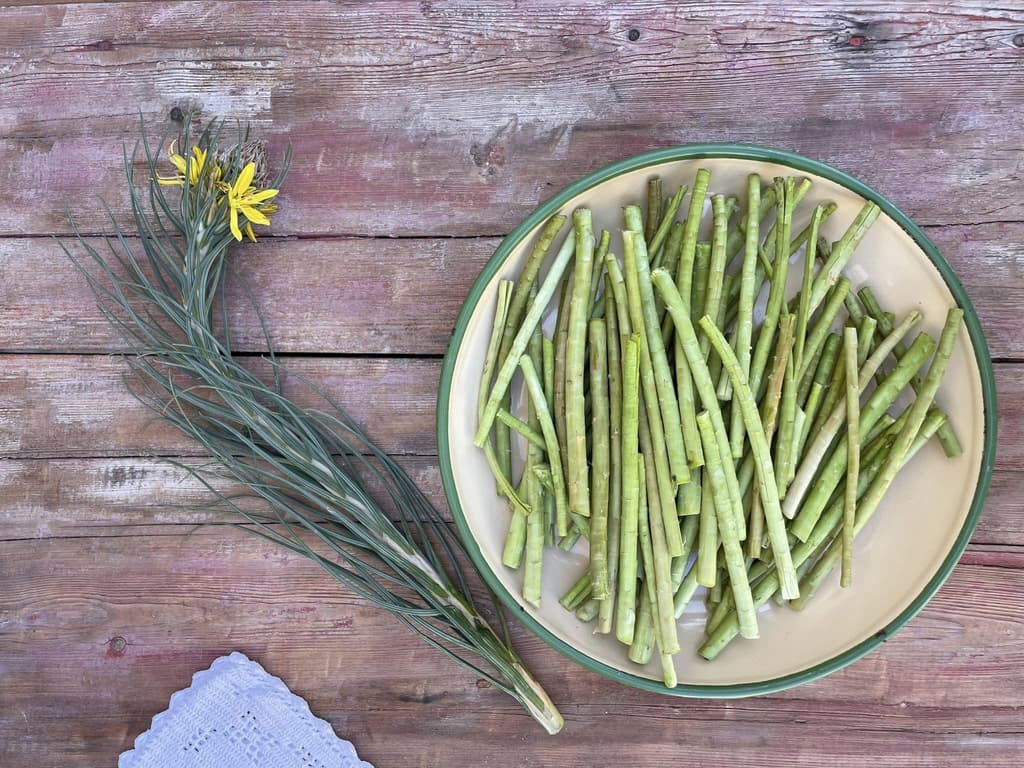
Discovering and Cooking Asphodelaceae: A Taste of Local Cuisine
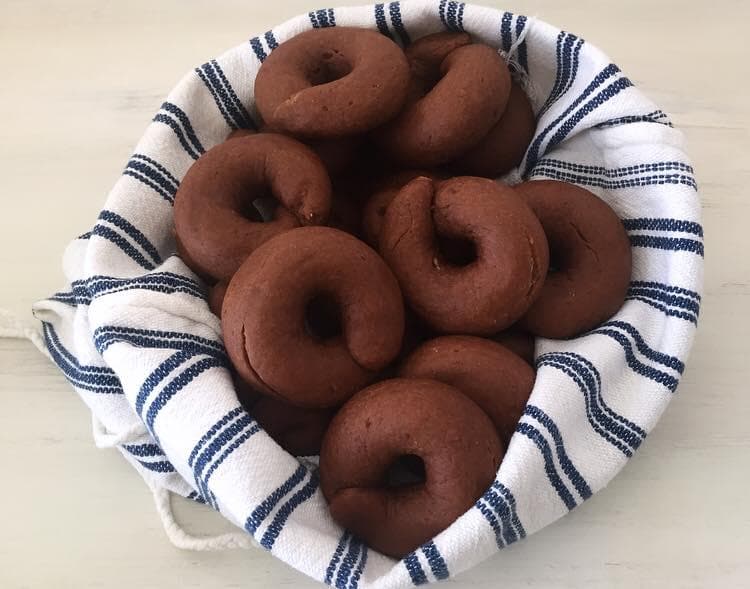
Moustokouloura
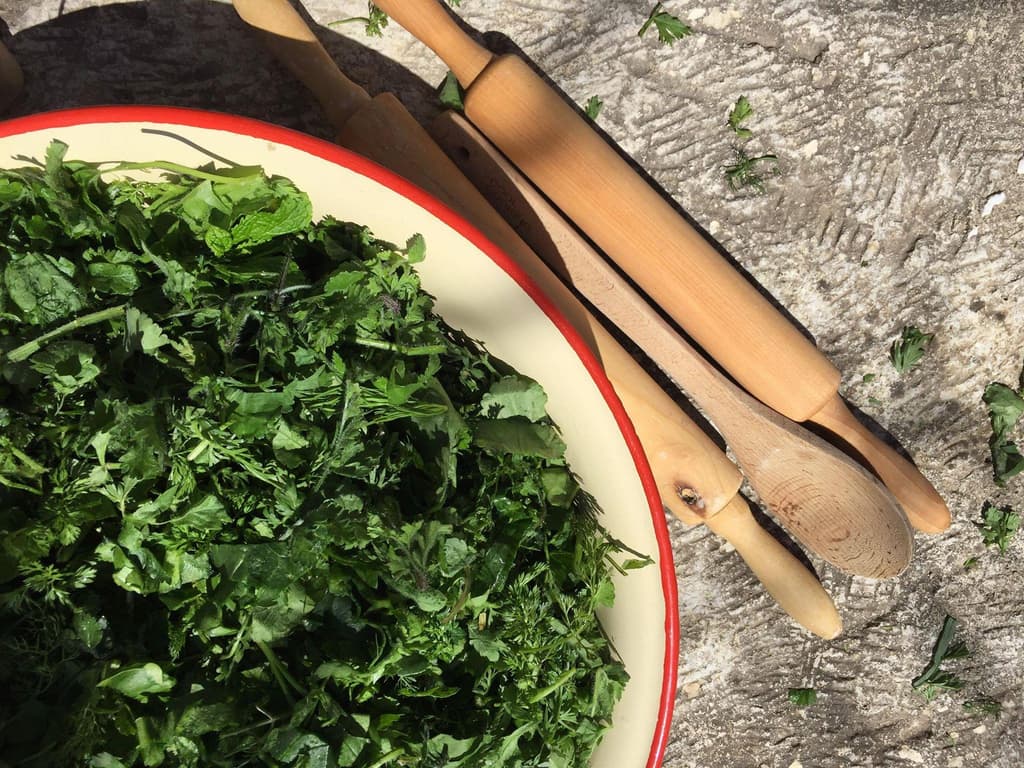
Pie with 'Yachnera' Greens: Baked to Perfection
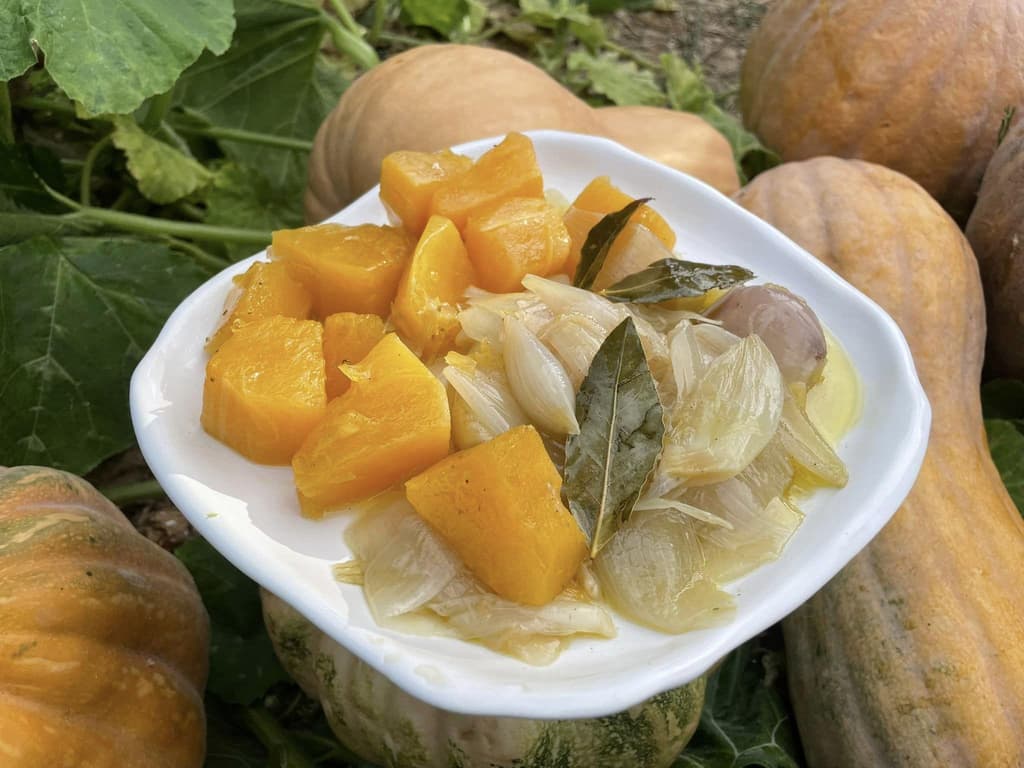
Pumpkin Stifado
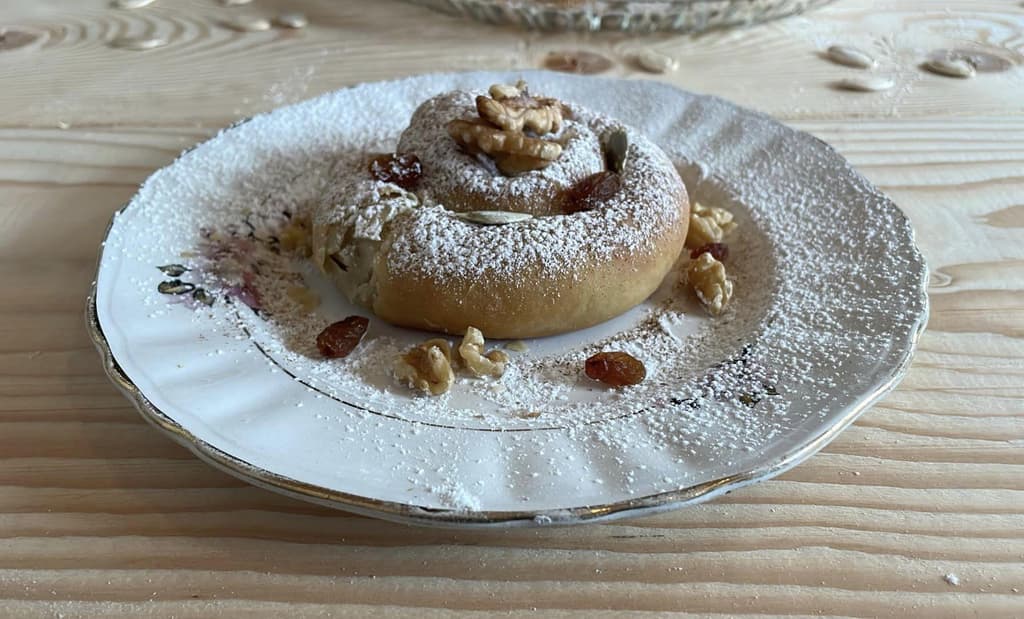
Sweet Pumpkin Pies with Raki Leaves (Oven)
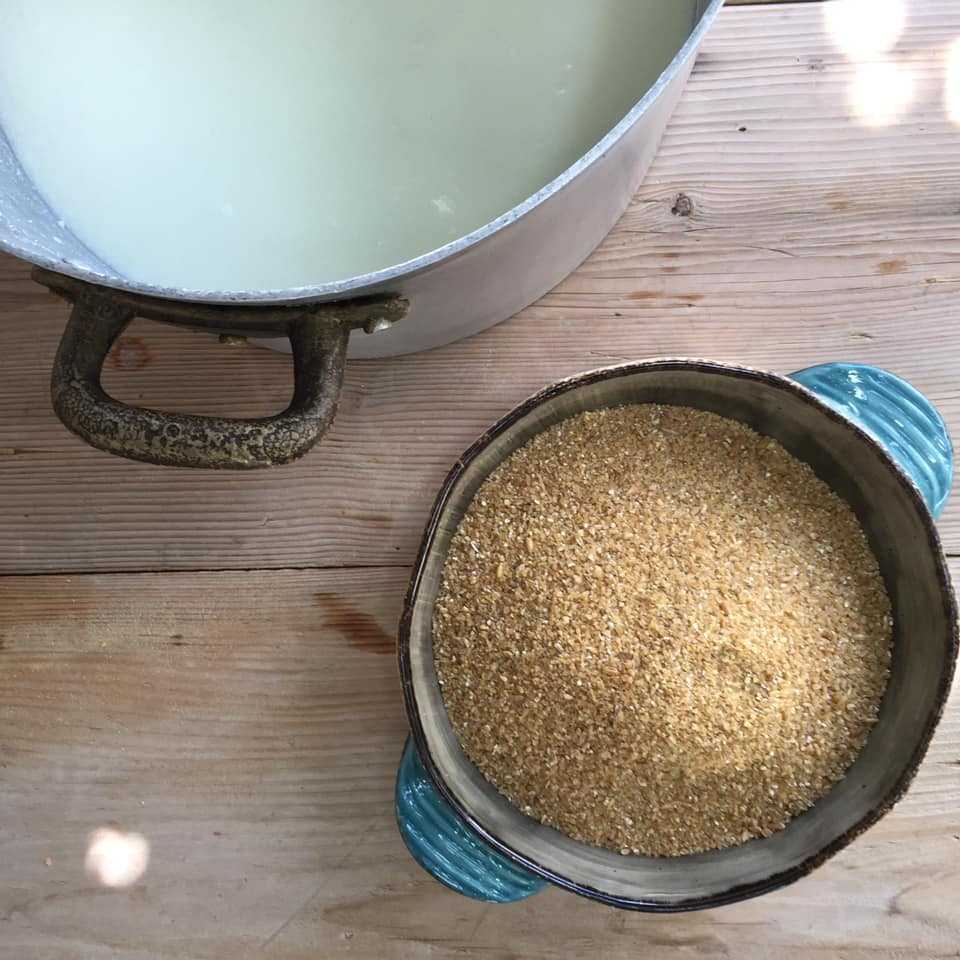
Xinochondros: Sour Bulgur Pasta

Prickly Pear or Indian Fig
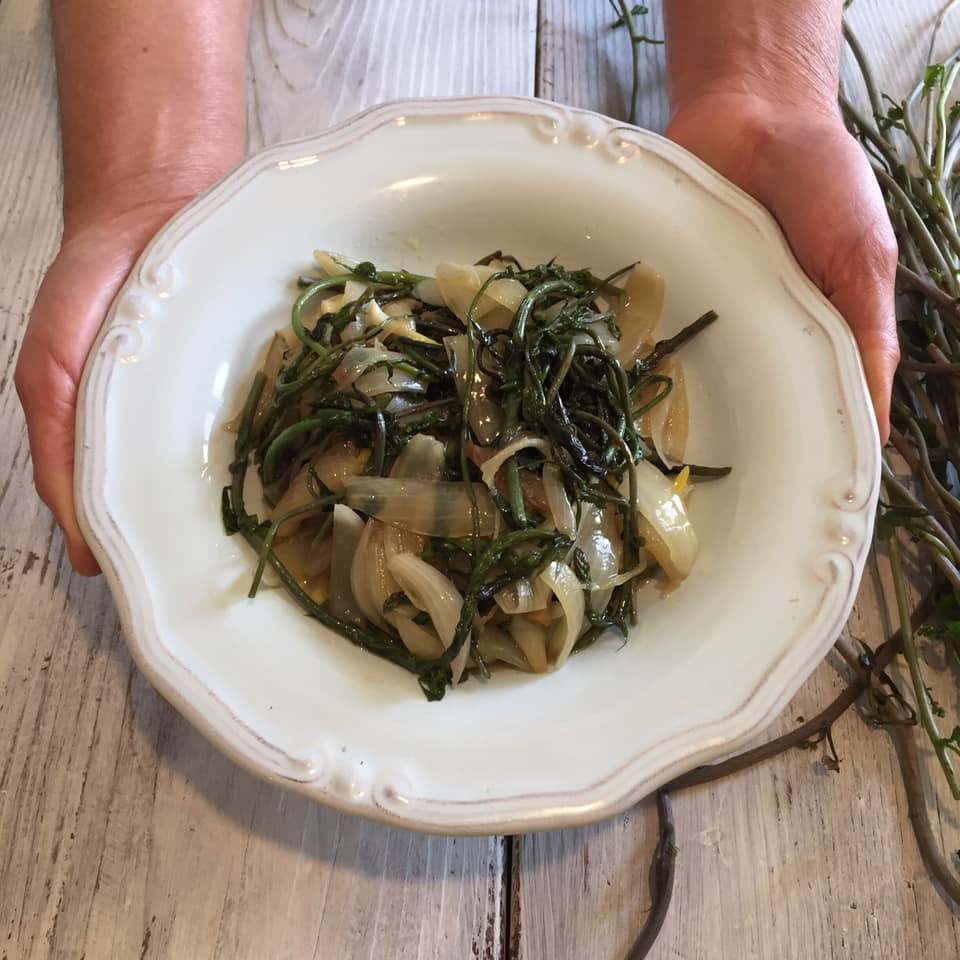
Black Bryony

Tahini Soup without Oil
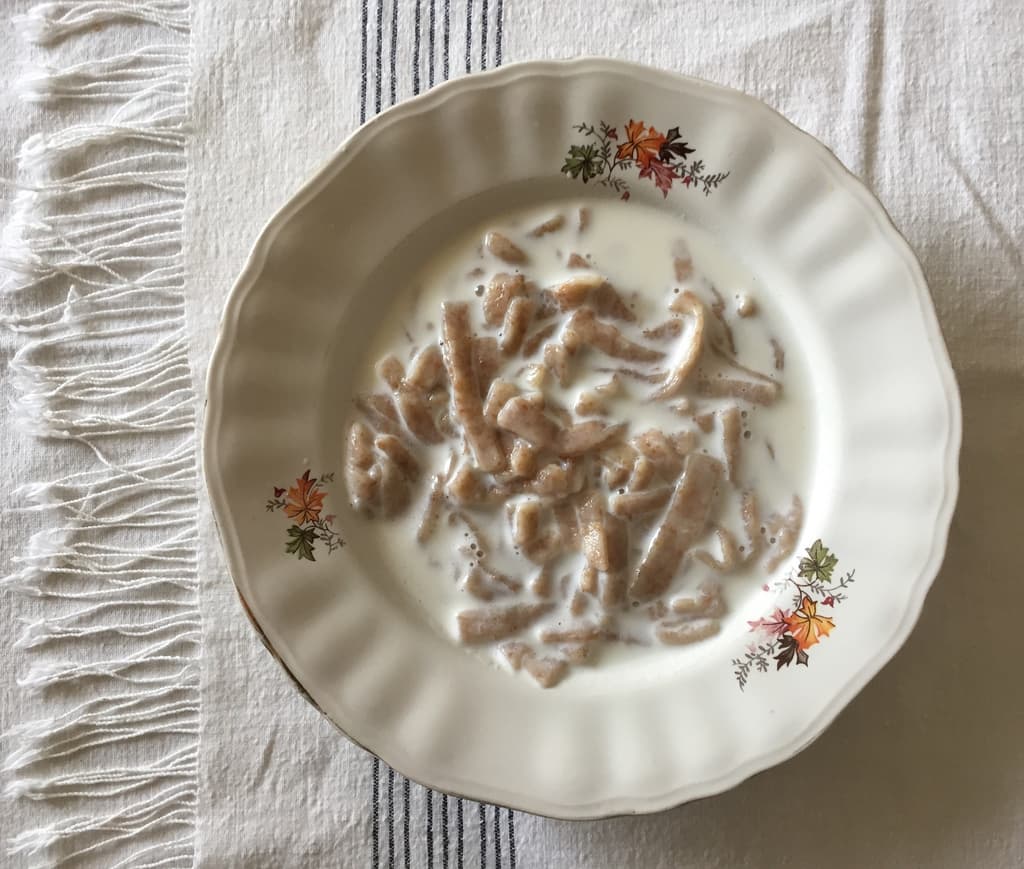
Chylofta with Milk
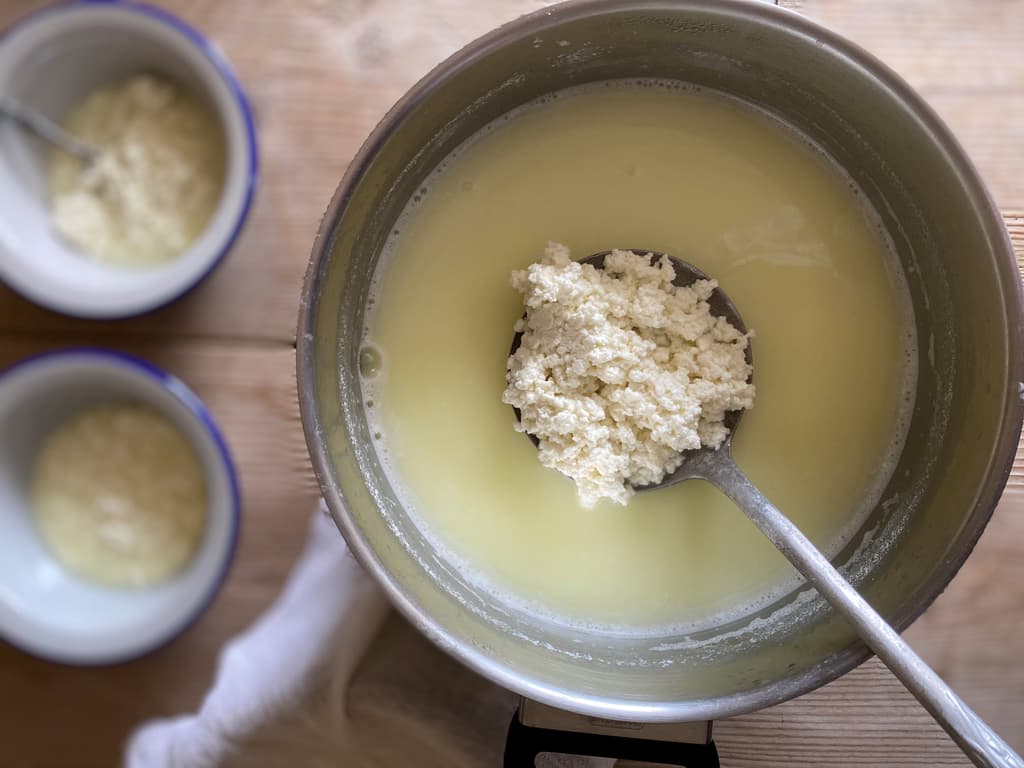
Tyrozouli or Cretan Home Cheese
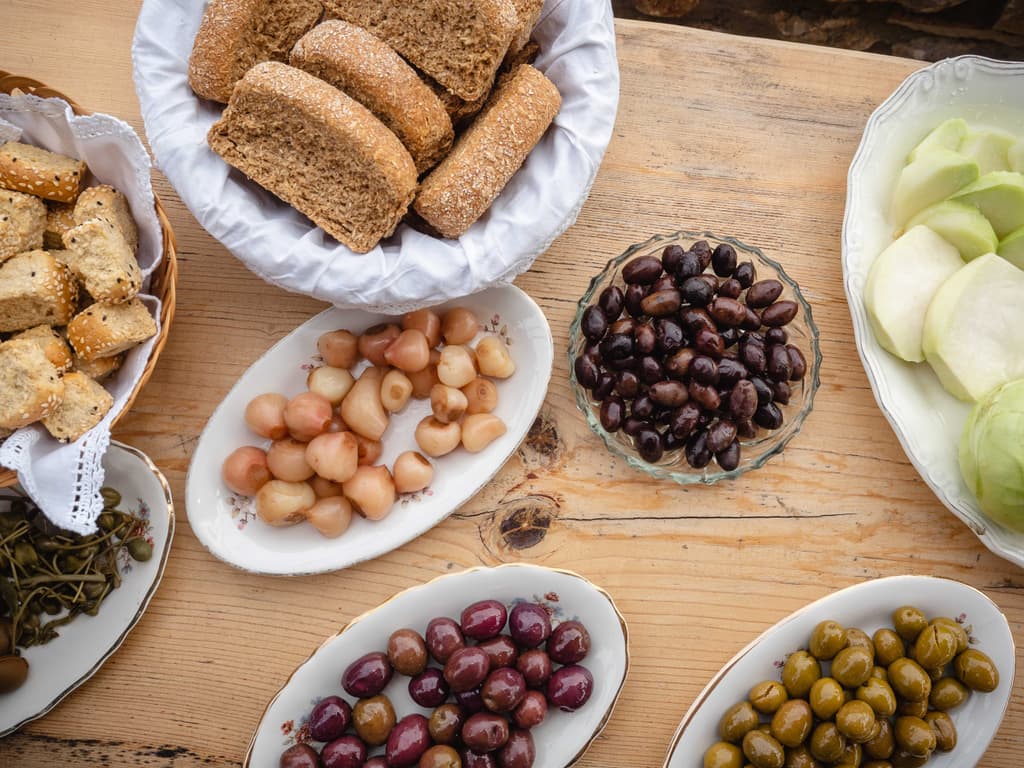
Pickled Tassel Hyacinth

Sourdough Dagoulakia
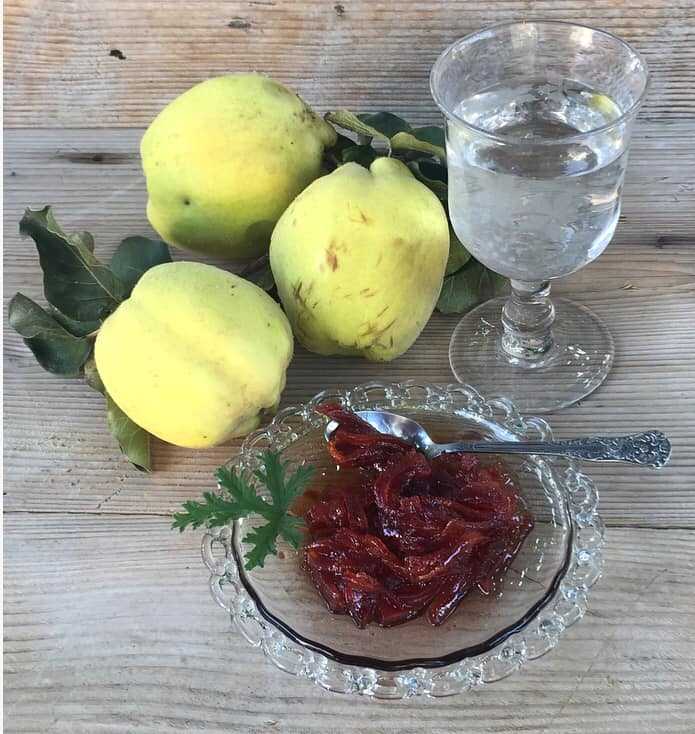
Quince Confection

Delicious Homemade Treat with Lemon Blossoms
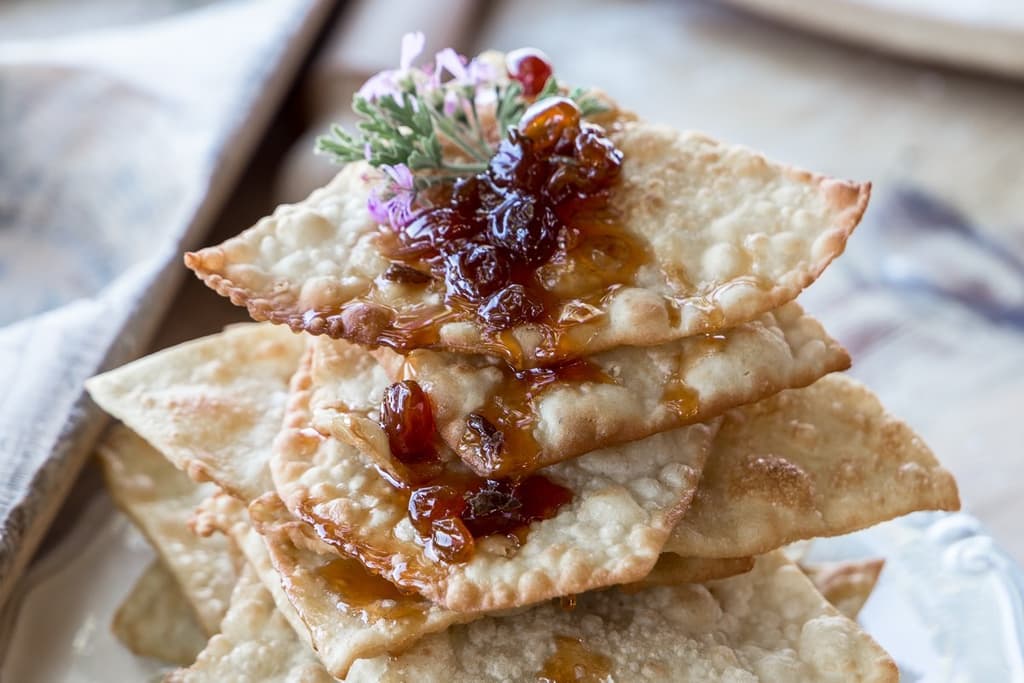
Tiganopites: Greek Fried Pies

Dietary Practices in 17th Century Crete
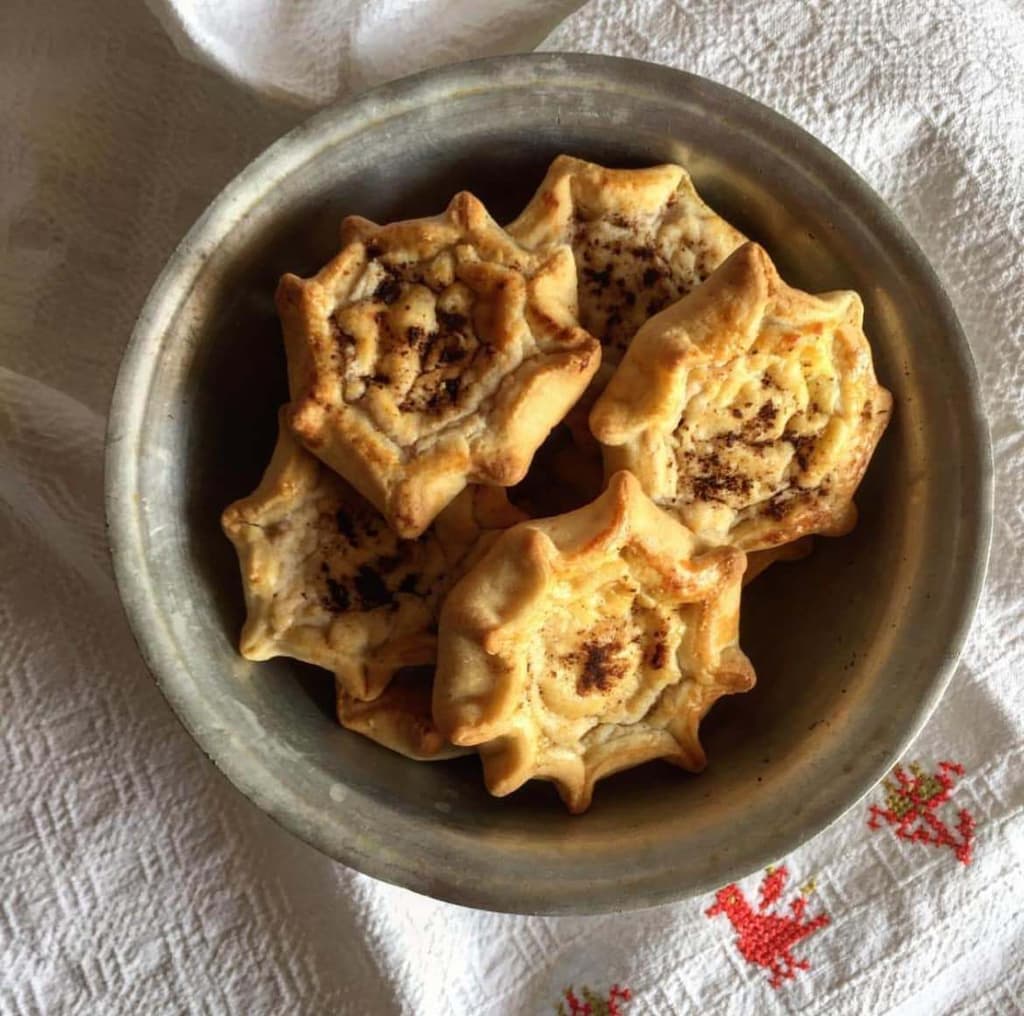
Lychnarakia
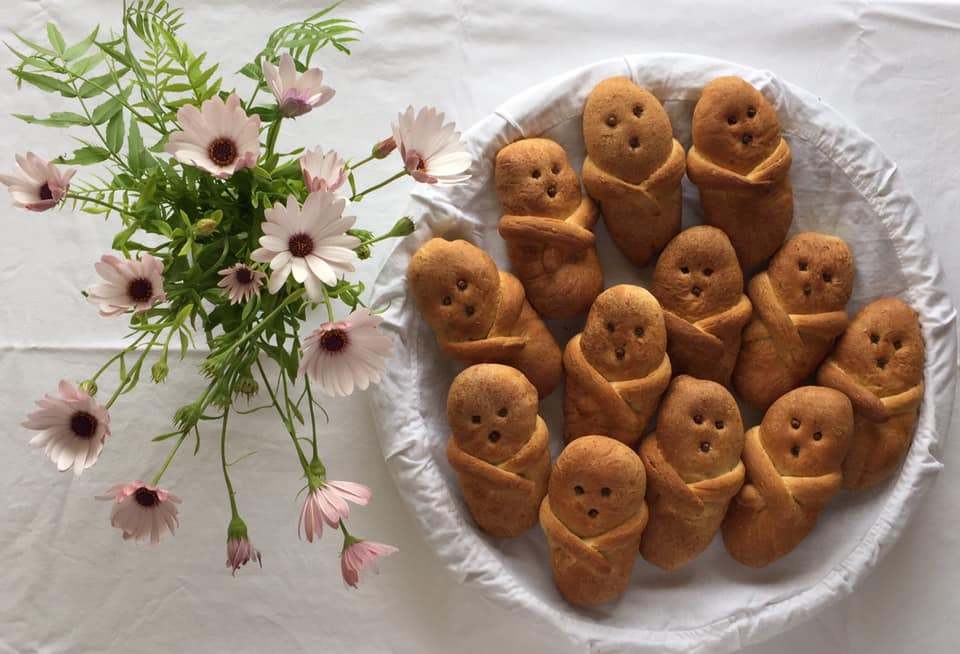
Lazarakia
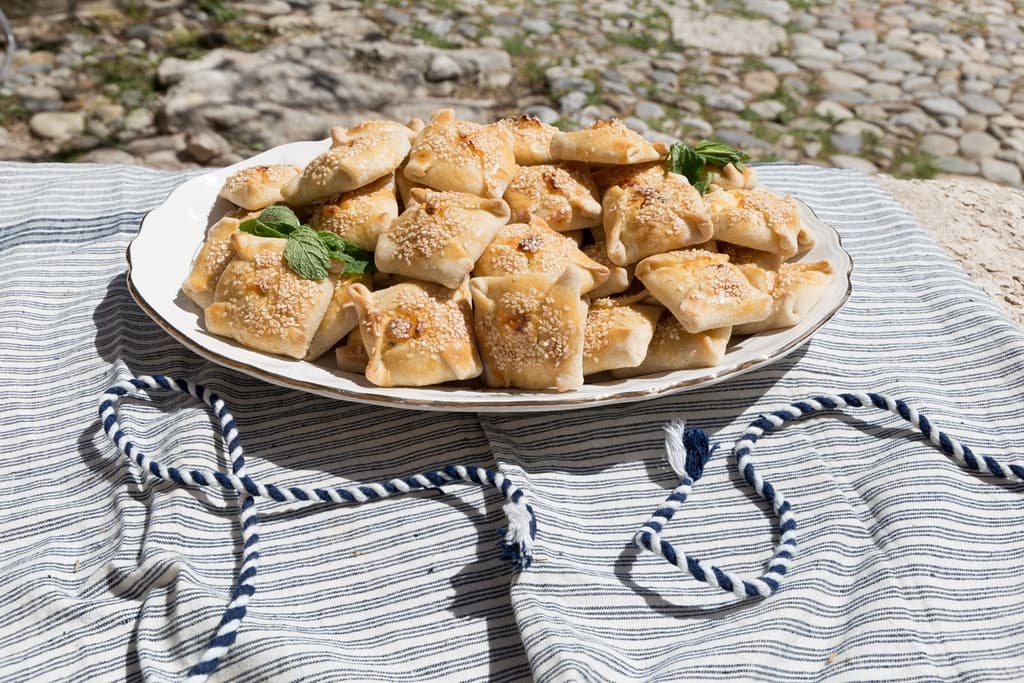
Kalitsounia from Chania
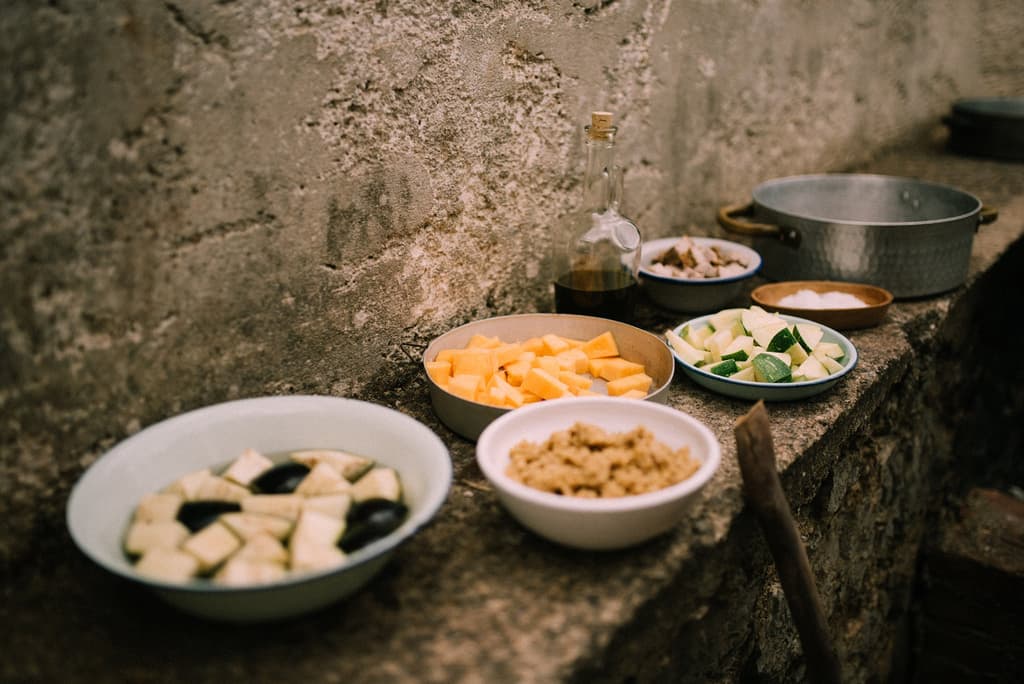
Apaki with Xinohondros and Vegetables
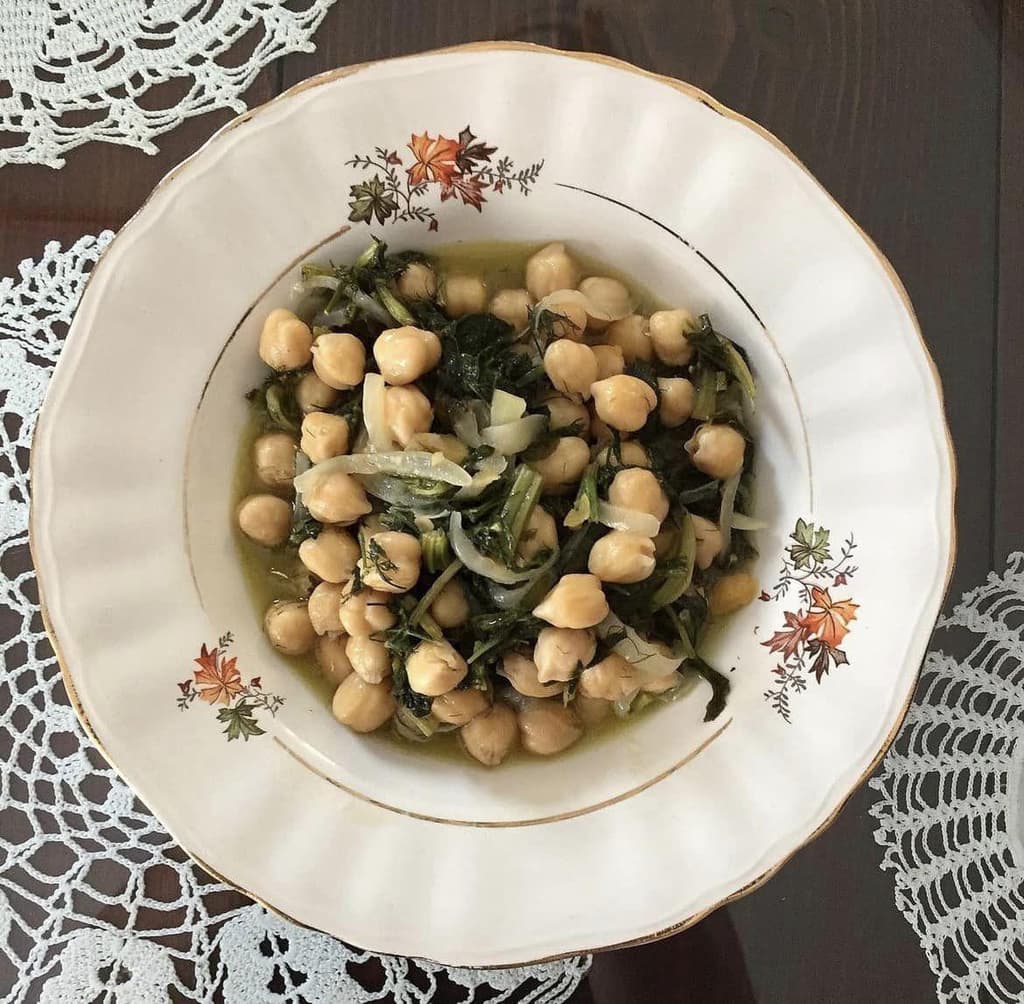
Chickpeas with Yachnera: A Delightful Dish
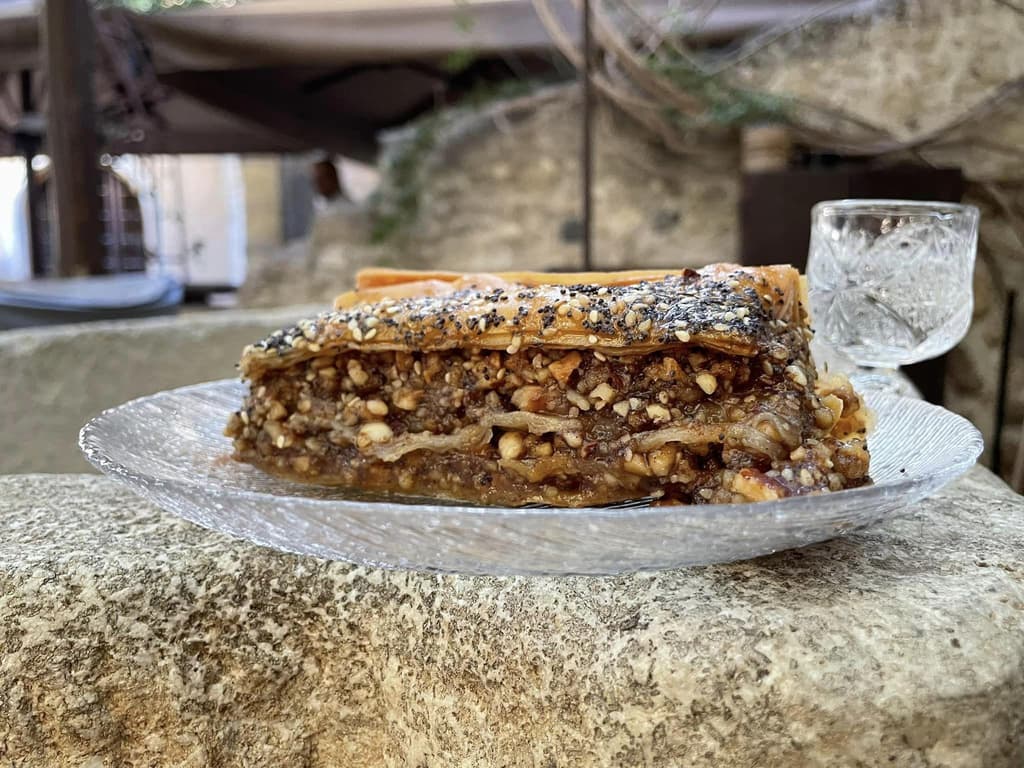
Gastrin
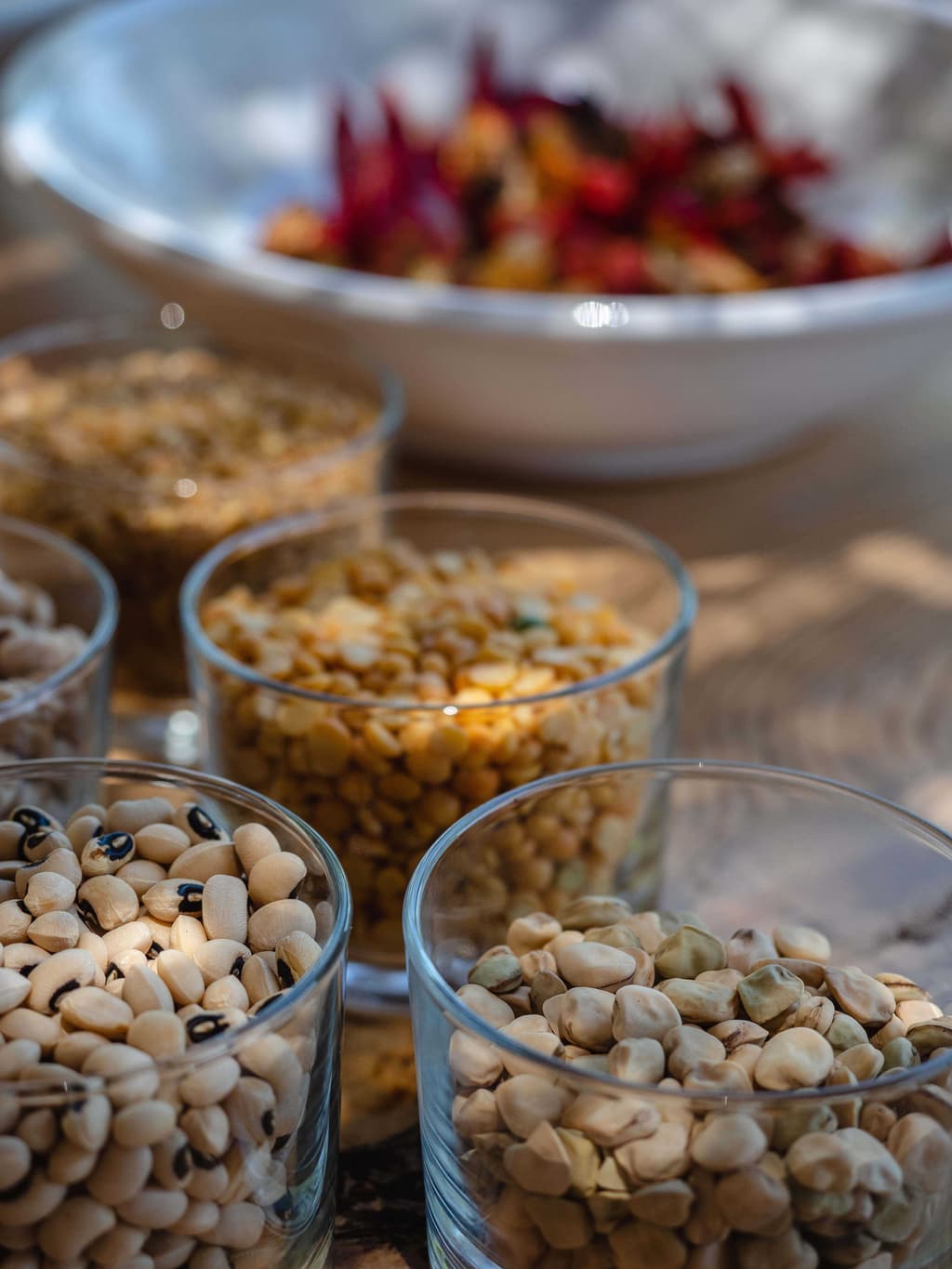
Fotokollyva
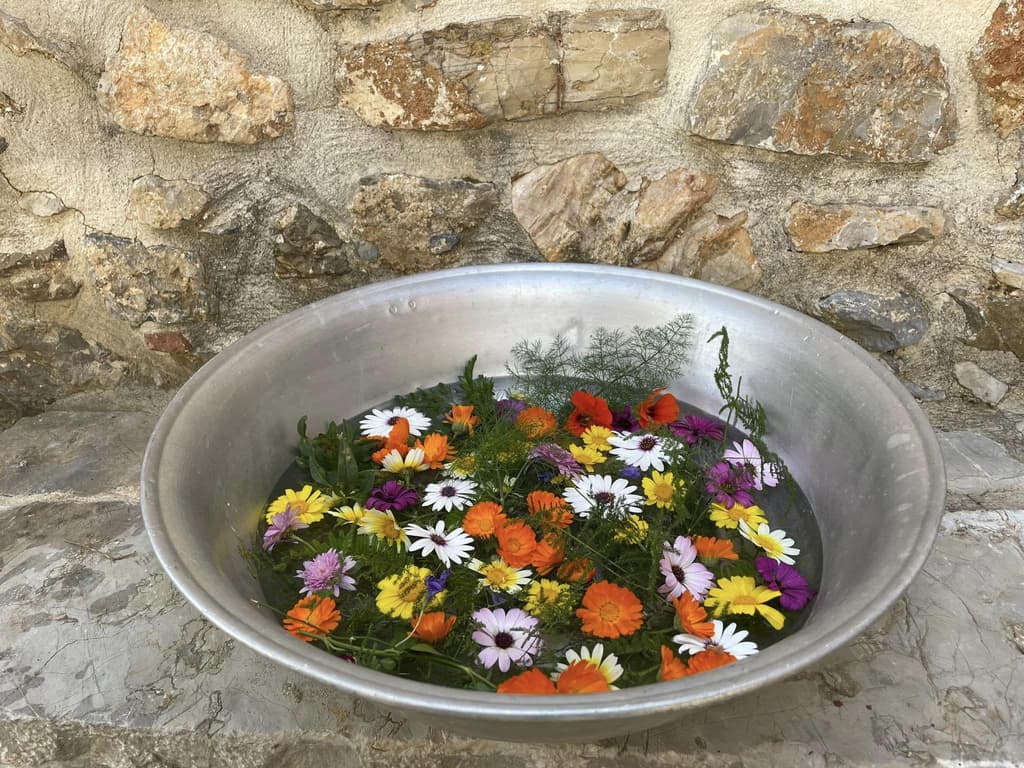
Dyeing Easter Eggs with Madder Root and Flower Blossoms
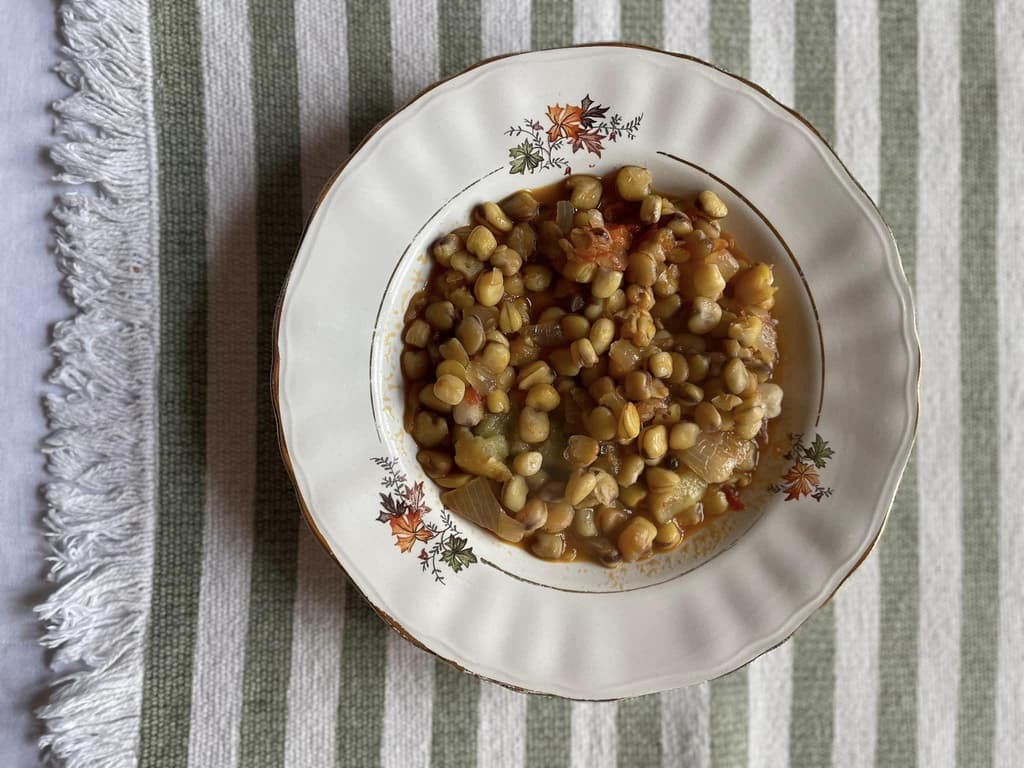
Biza or Manarolia Stew with Eggplants
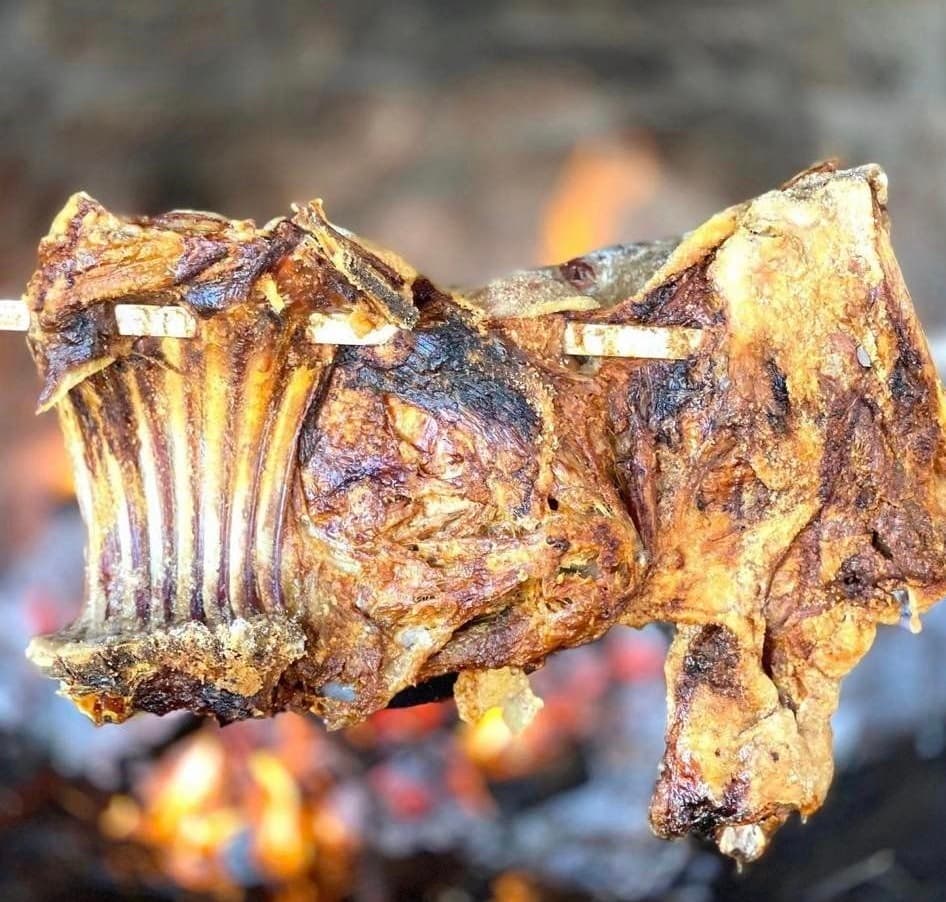
Antikristo or "Ofto" Meat
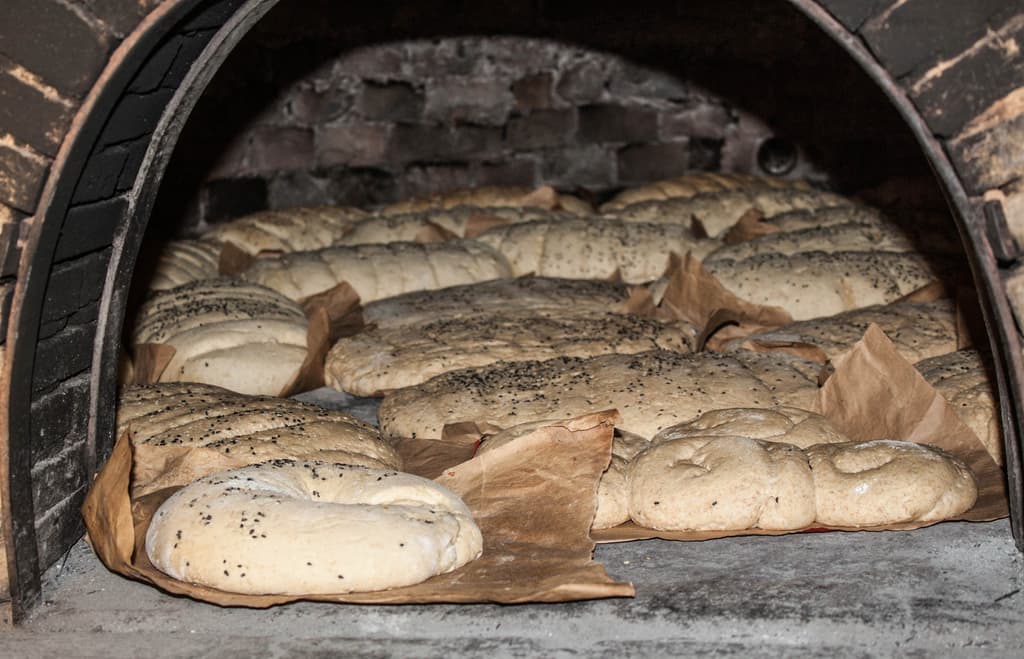
Eftazymo Bread
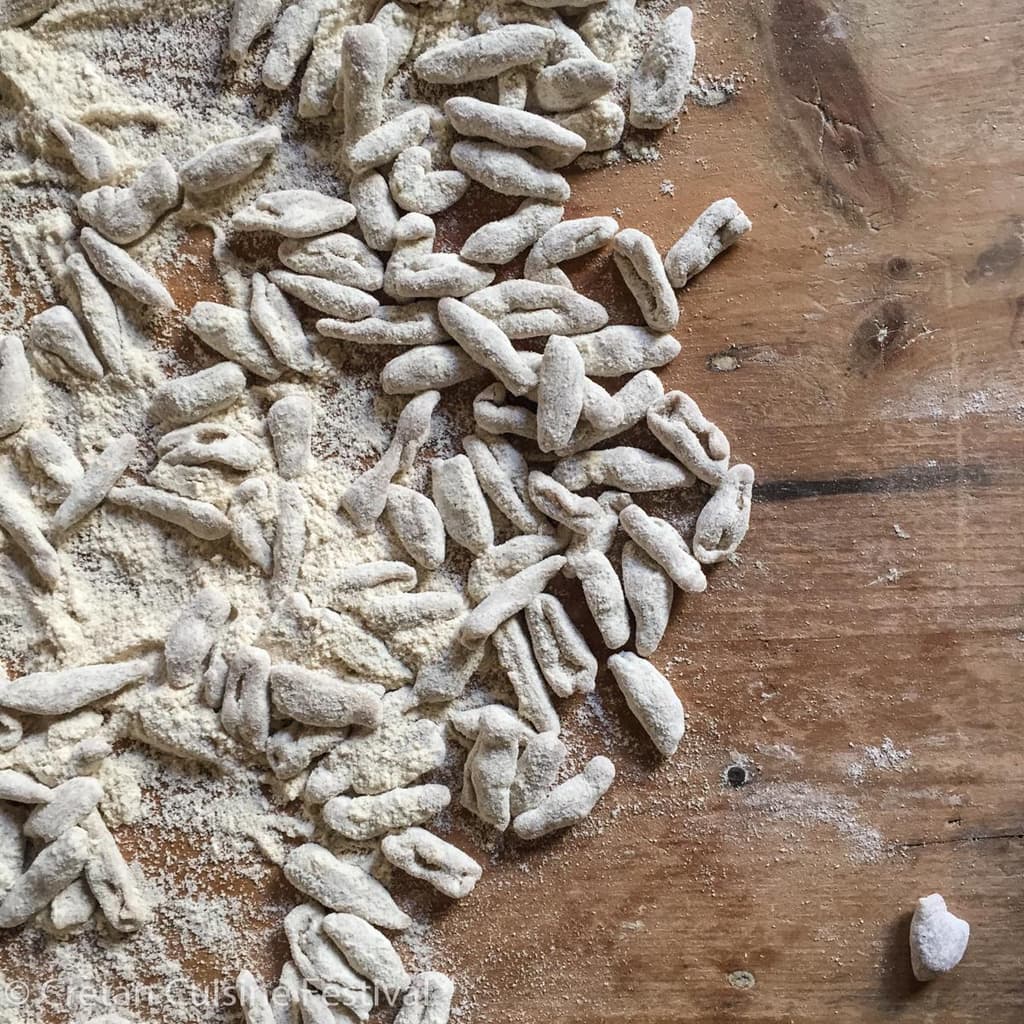
Skioufichta Macarounia
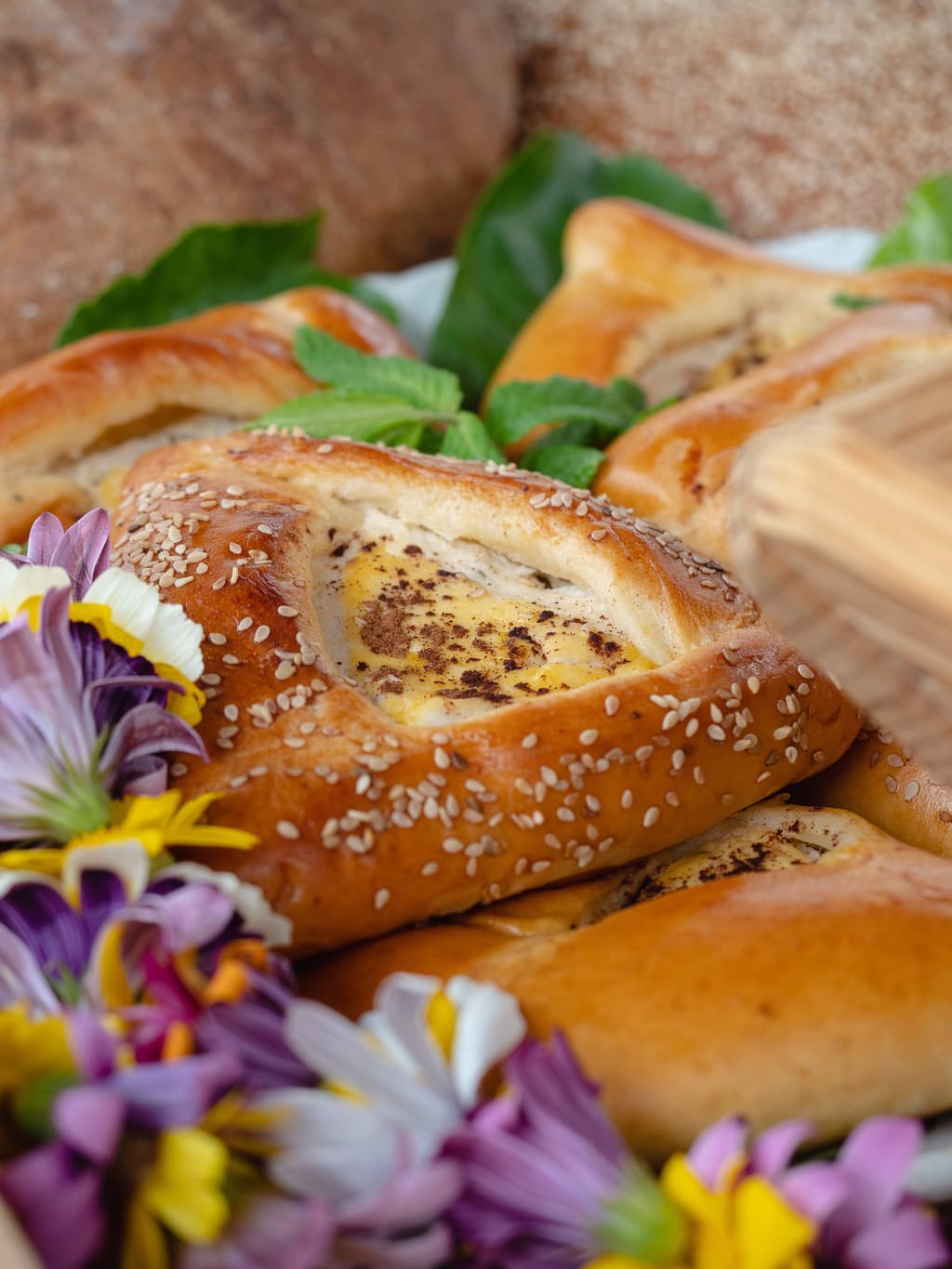
Anevata Kalitsounia
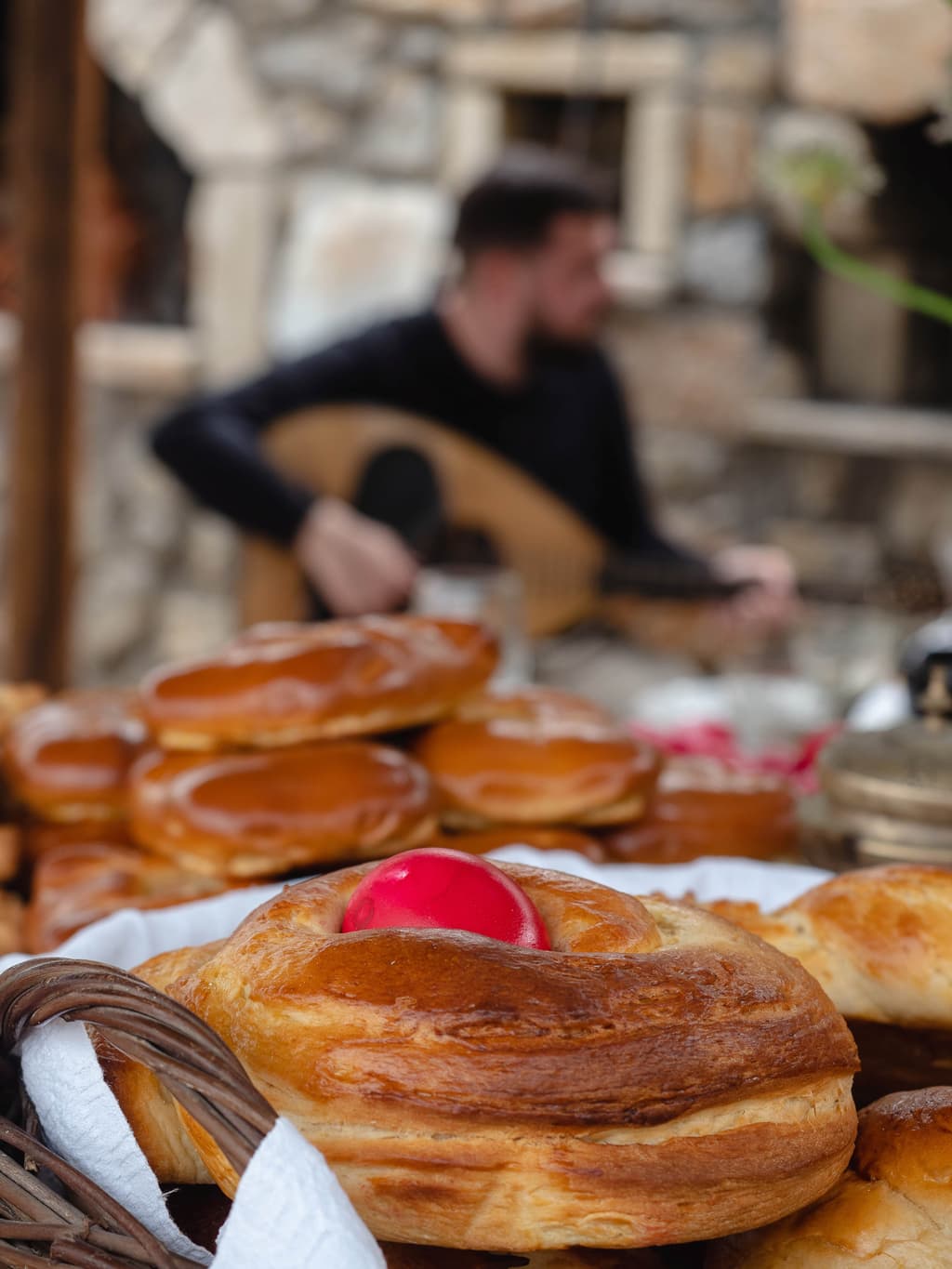
Galatera
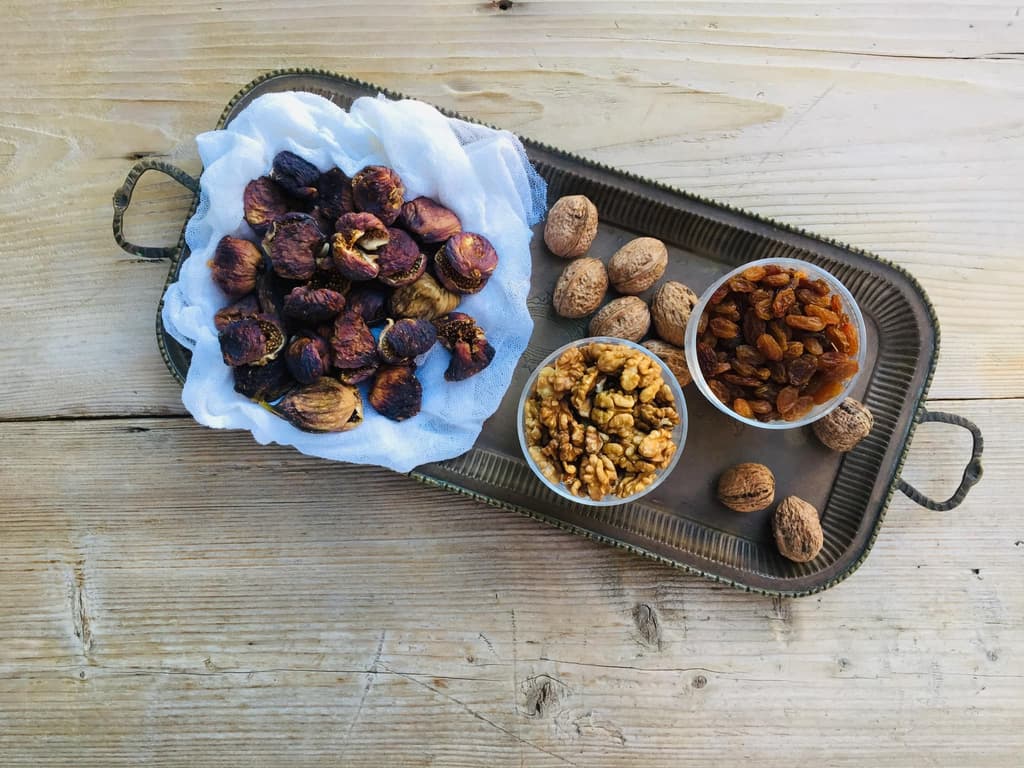
Sykomarides
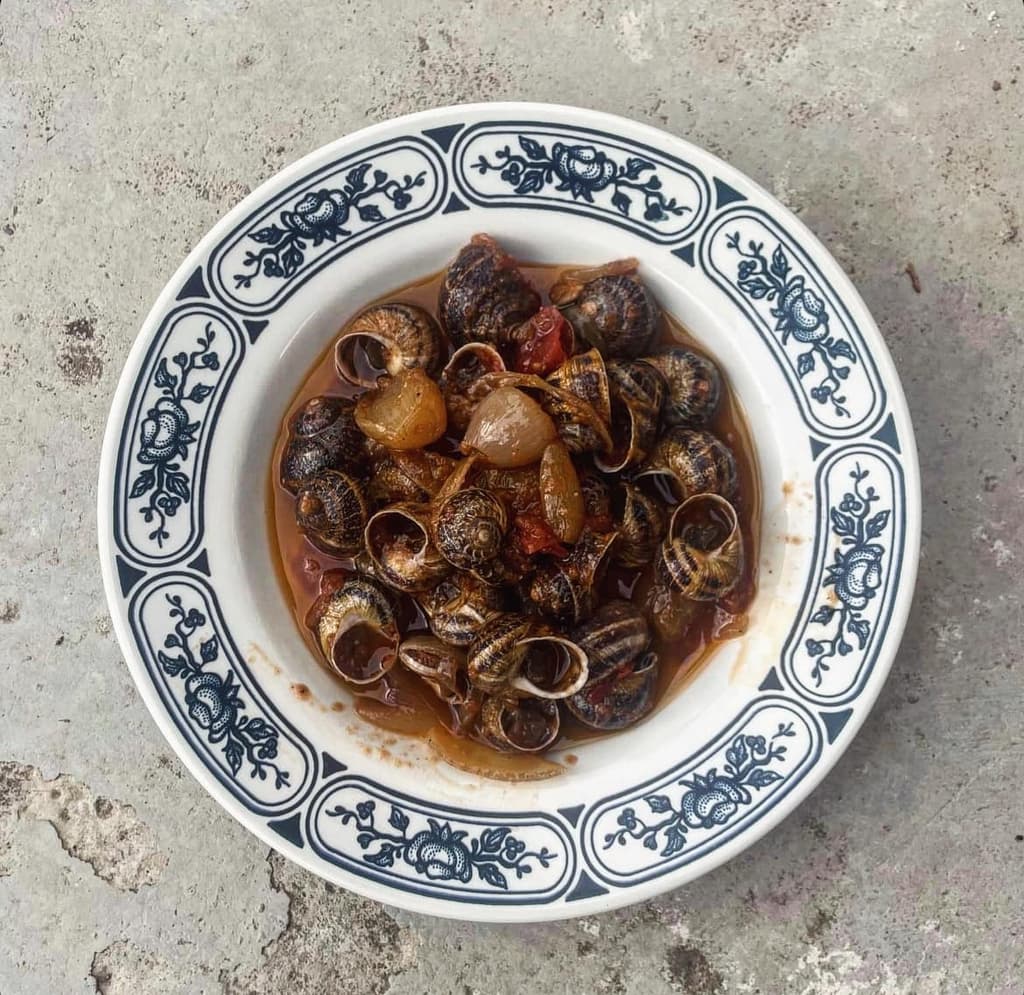
Snails Stifado
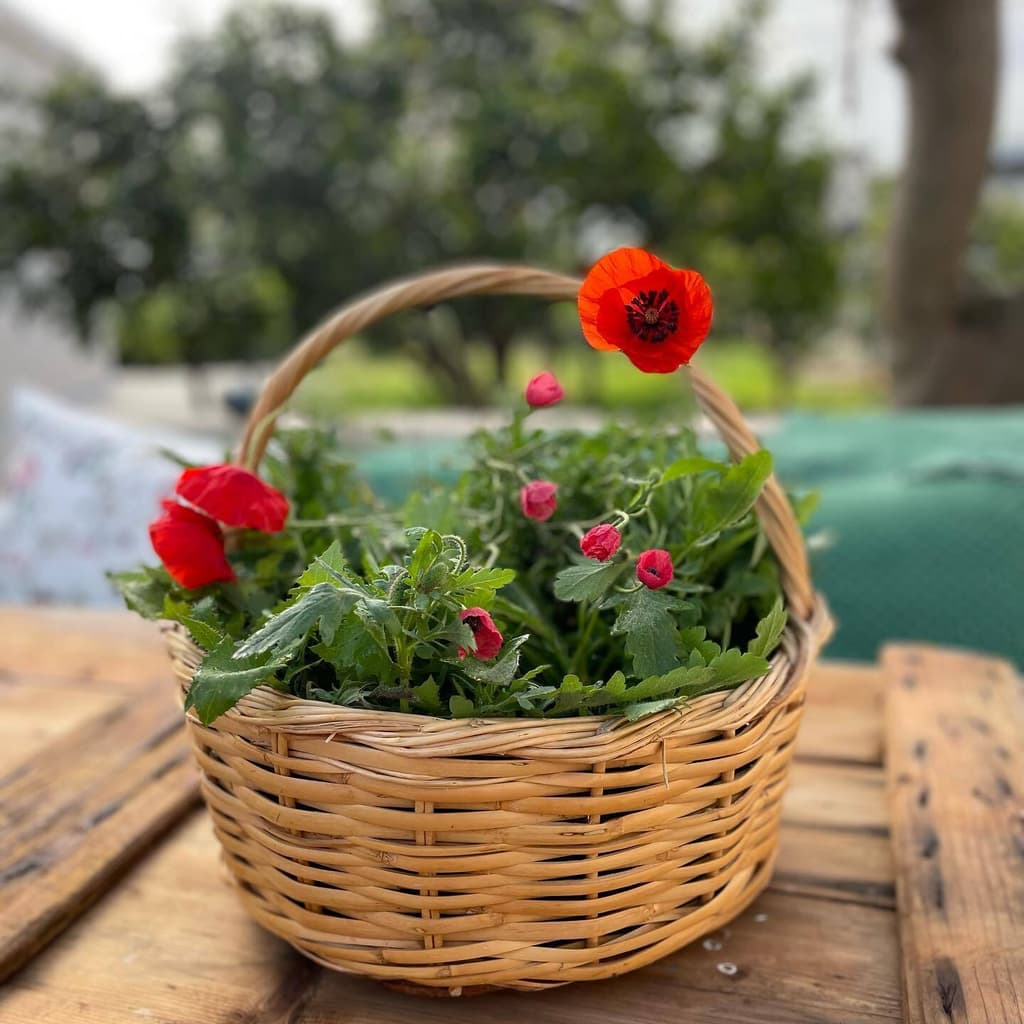
Poppy Pies (Paparounopites)

Beetroot Salad
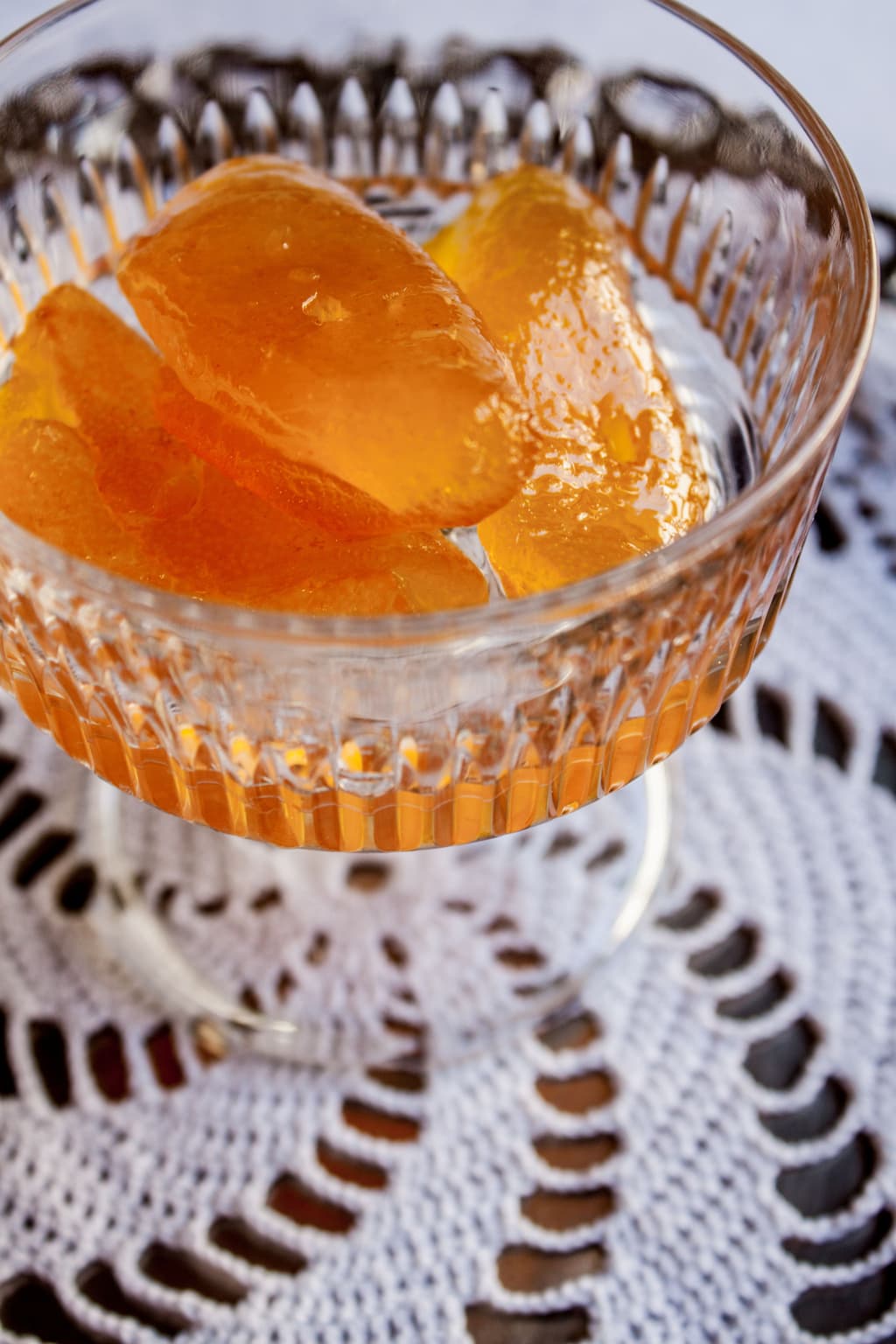
Bitter Orange Spoon Sweet (Nerantzi)
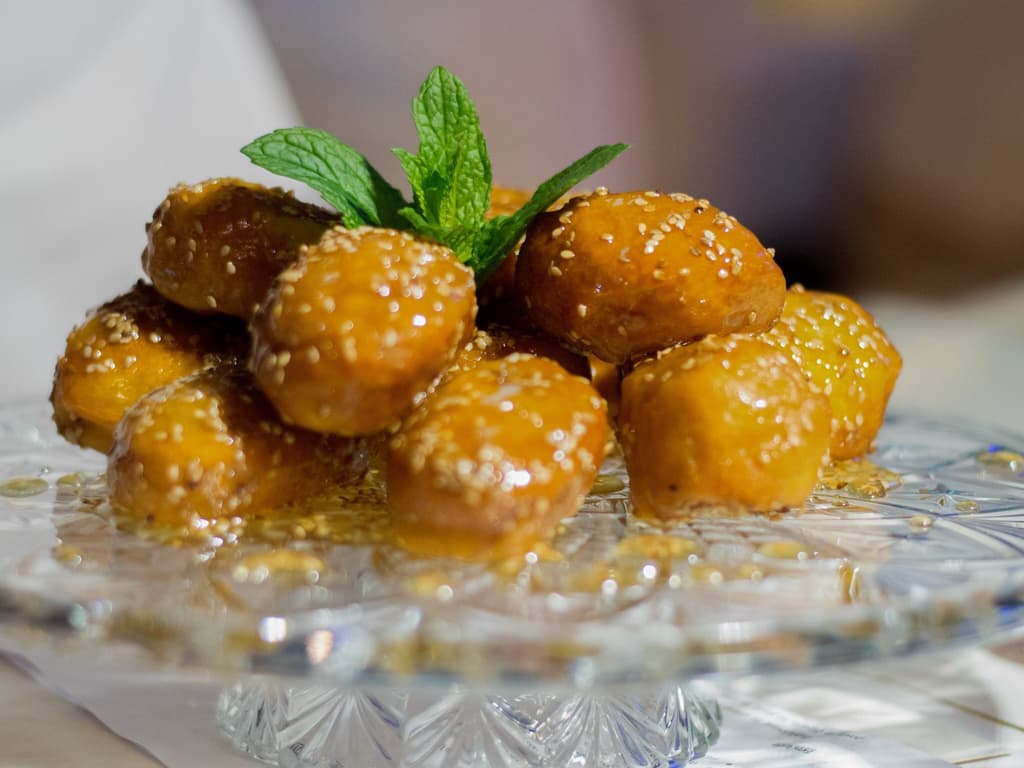
Loukoumia or Koubania
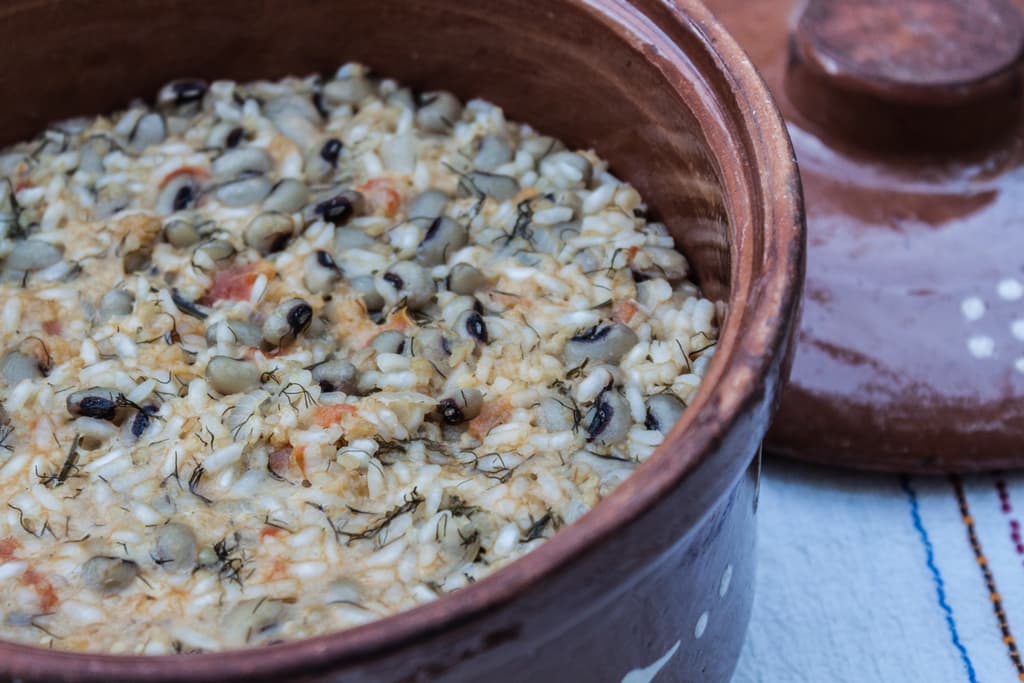
Fasouloryzo
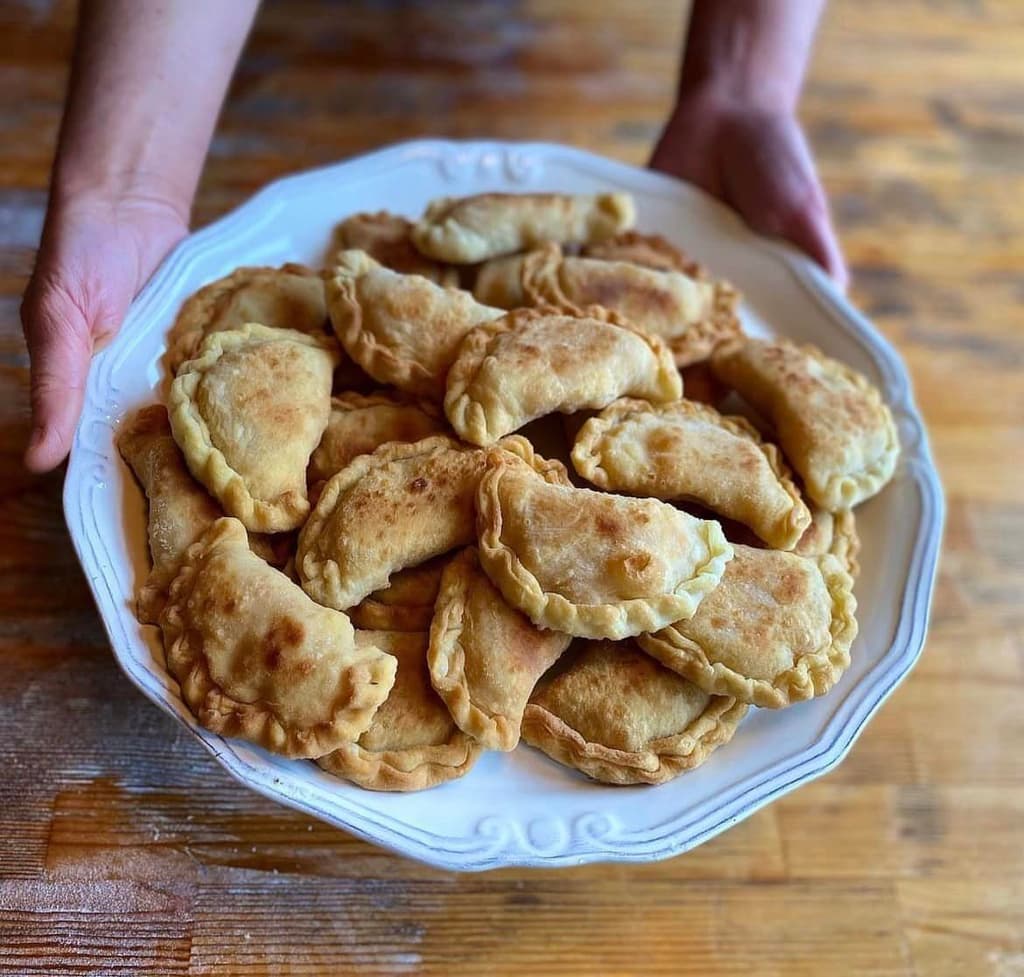
Pumpkin-Filled Pitarakia
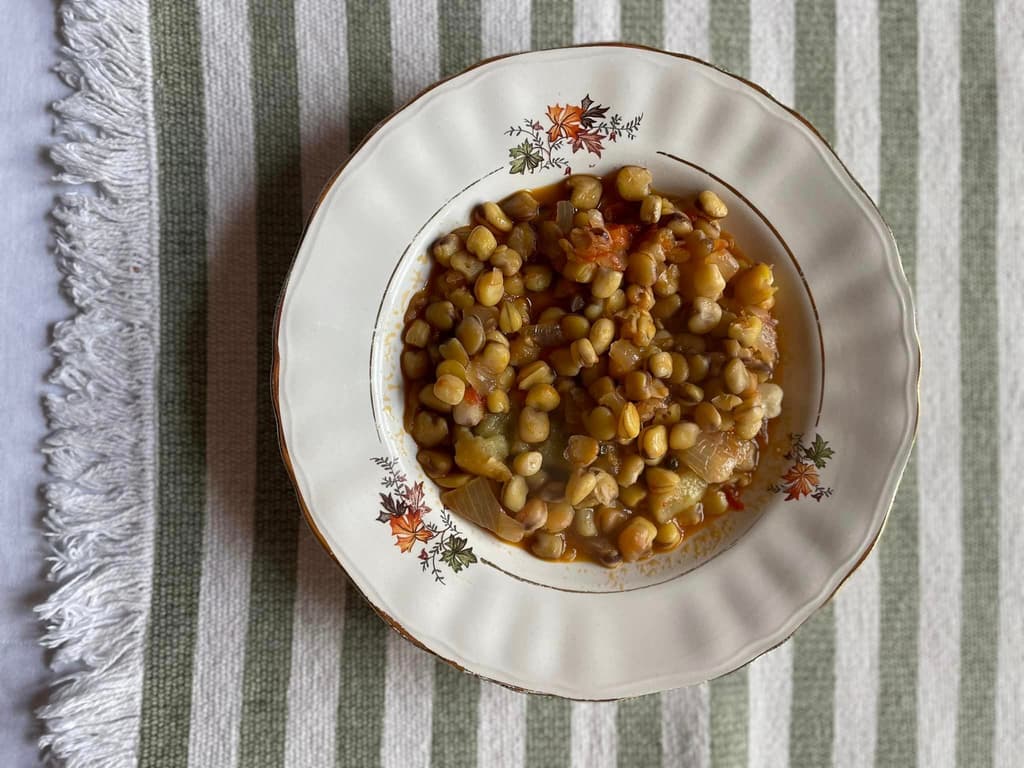
Biza or Manarolia Stew with Eggplants
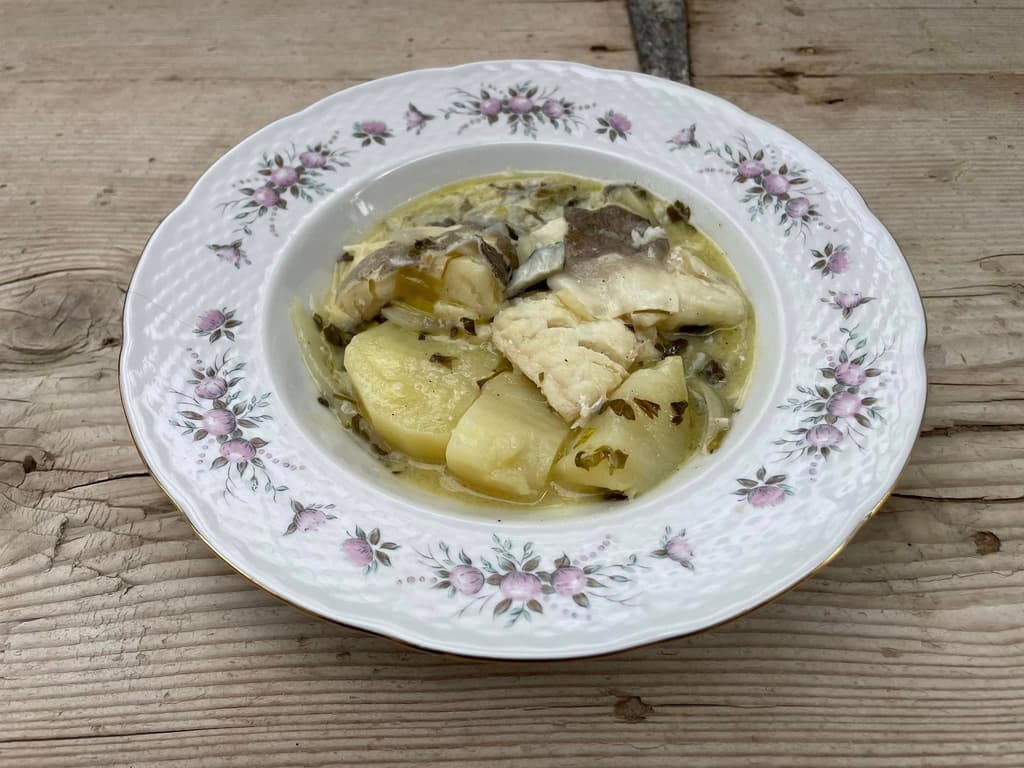
Salted Cod with Bitter Orange Sauce
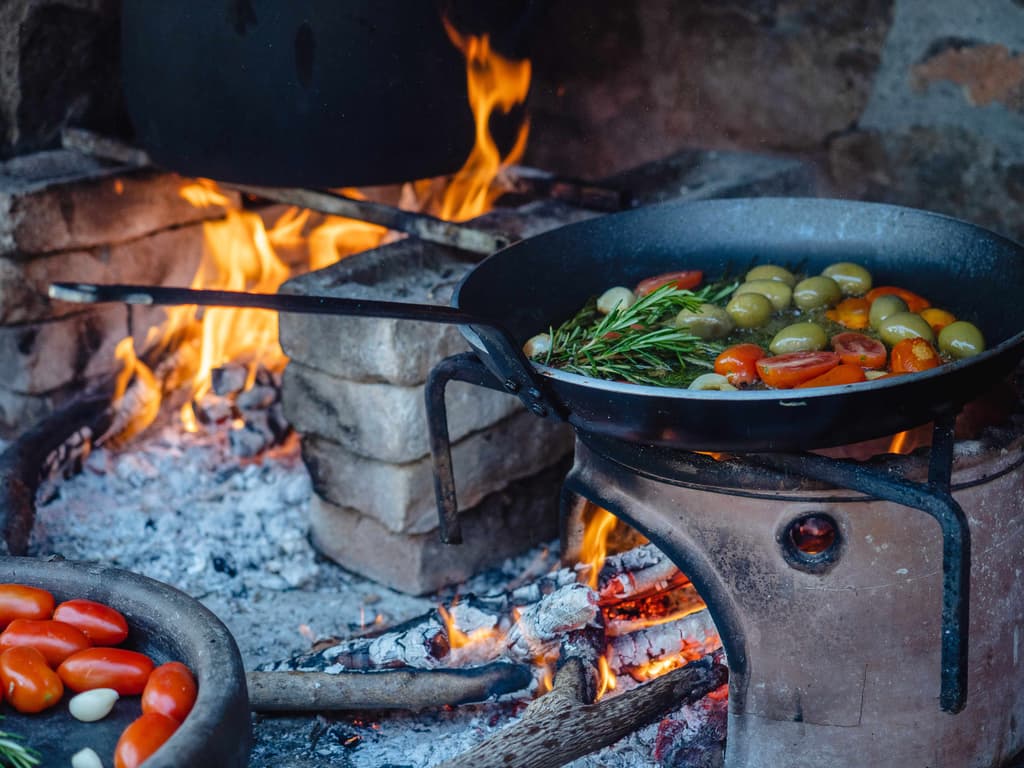
Sountrimades

